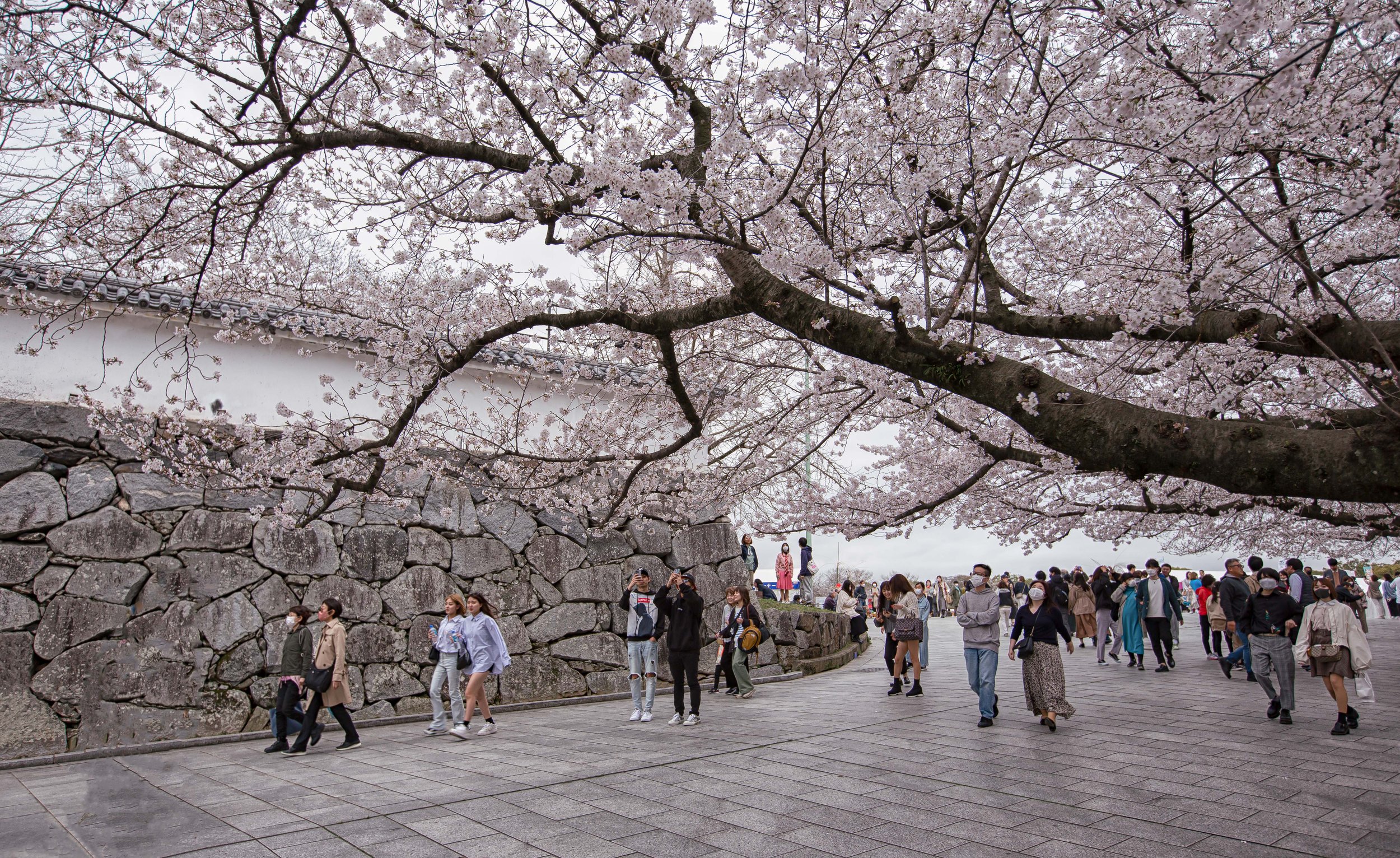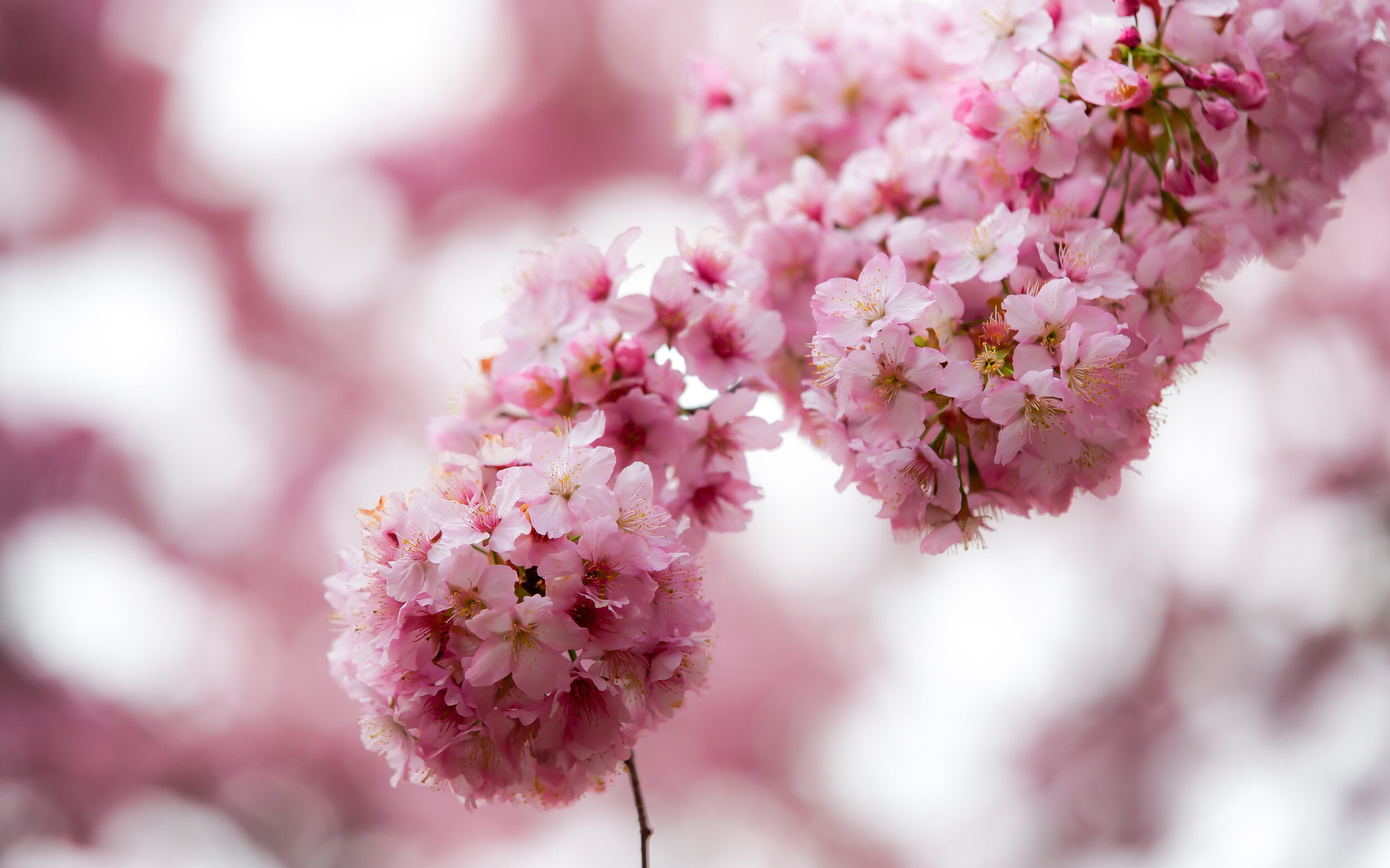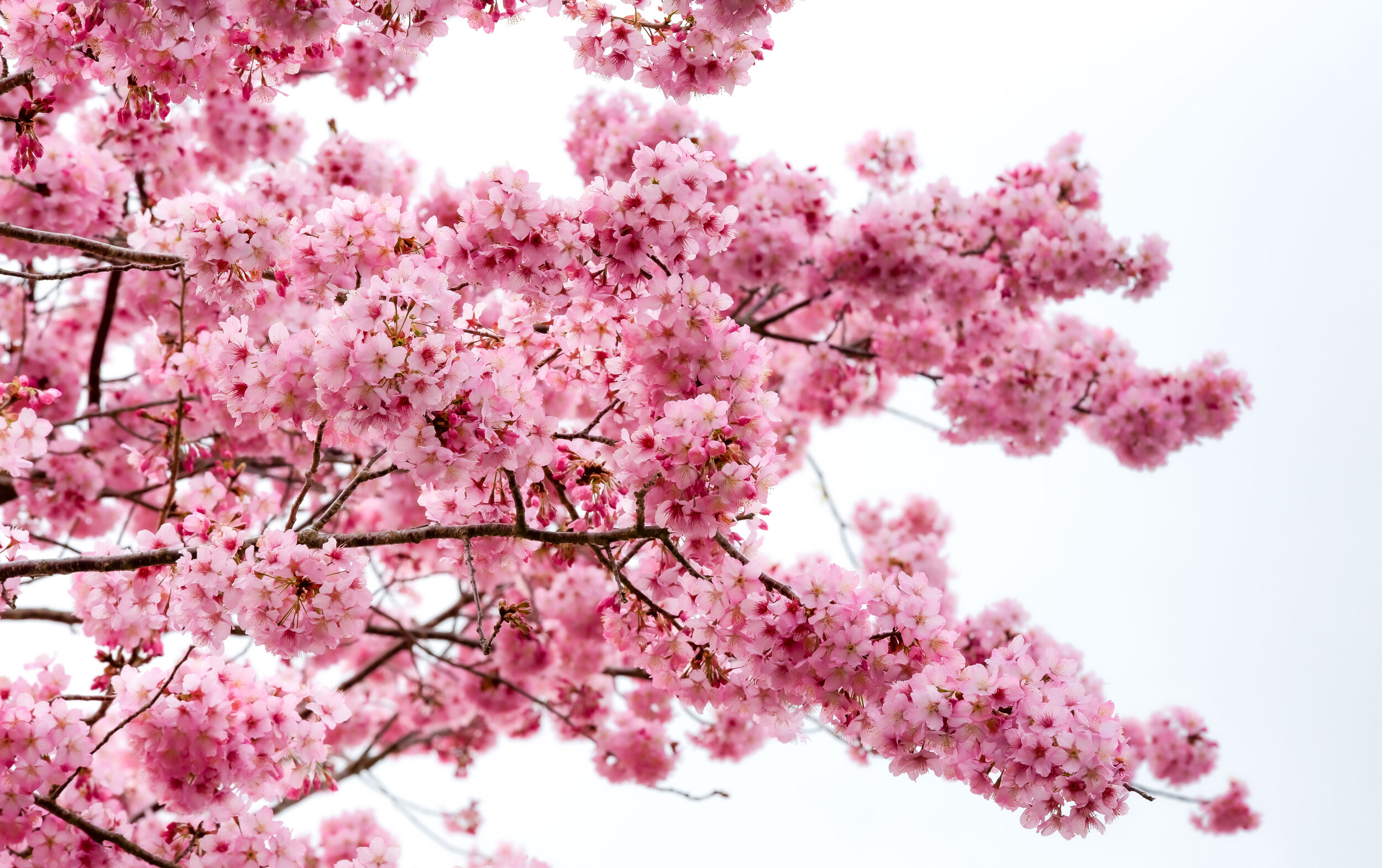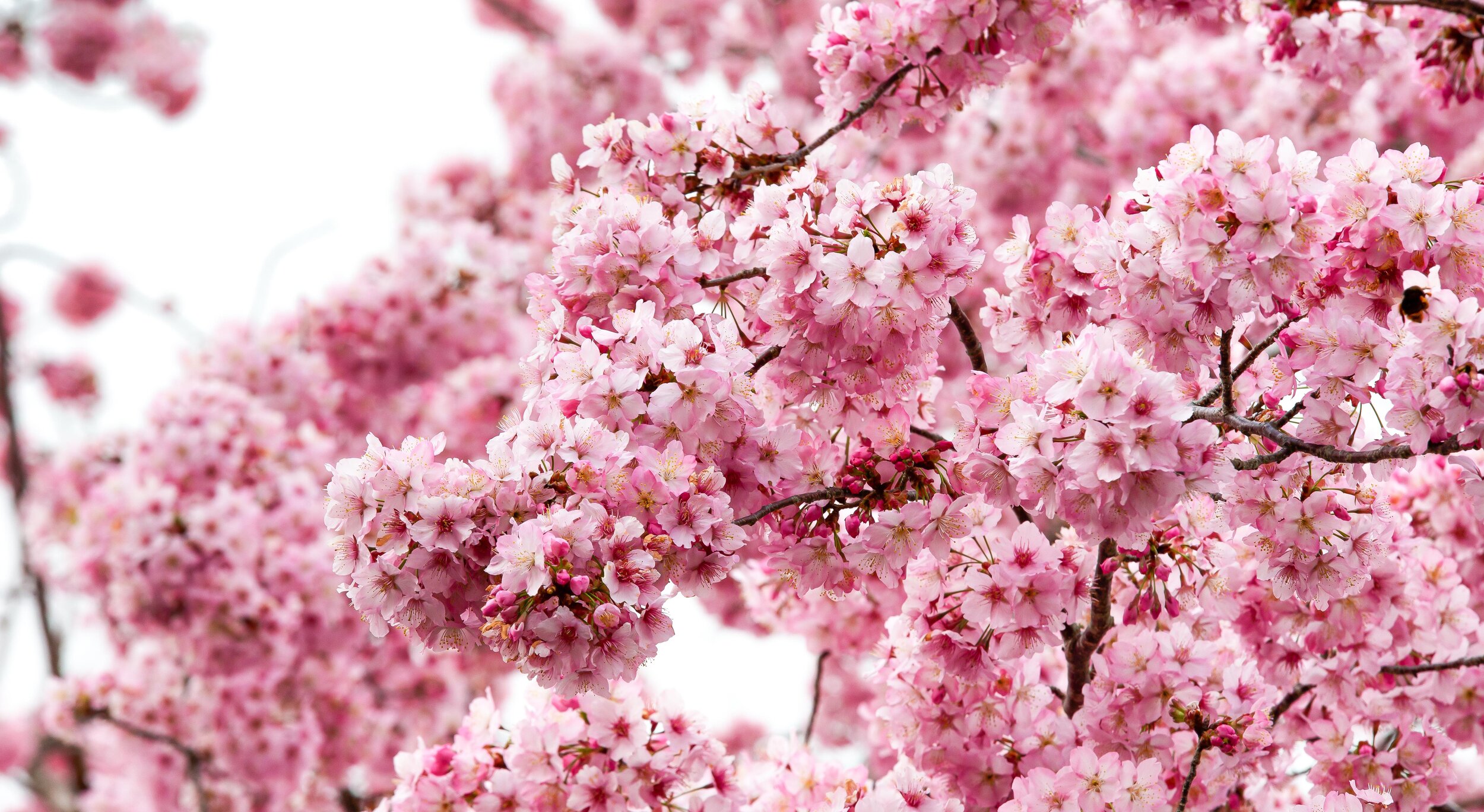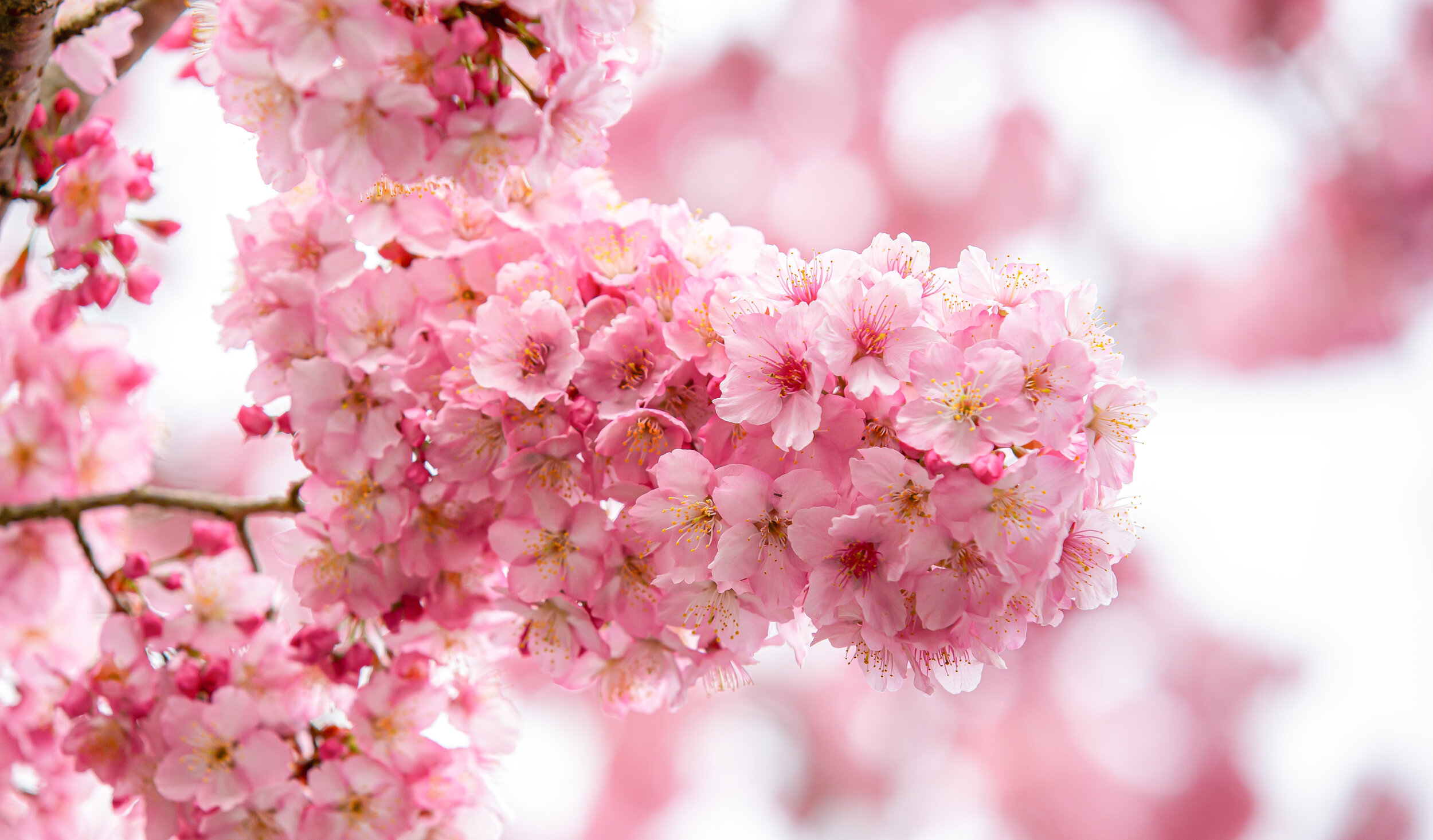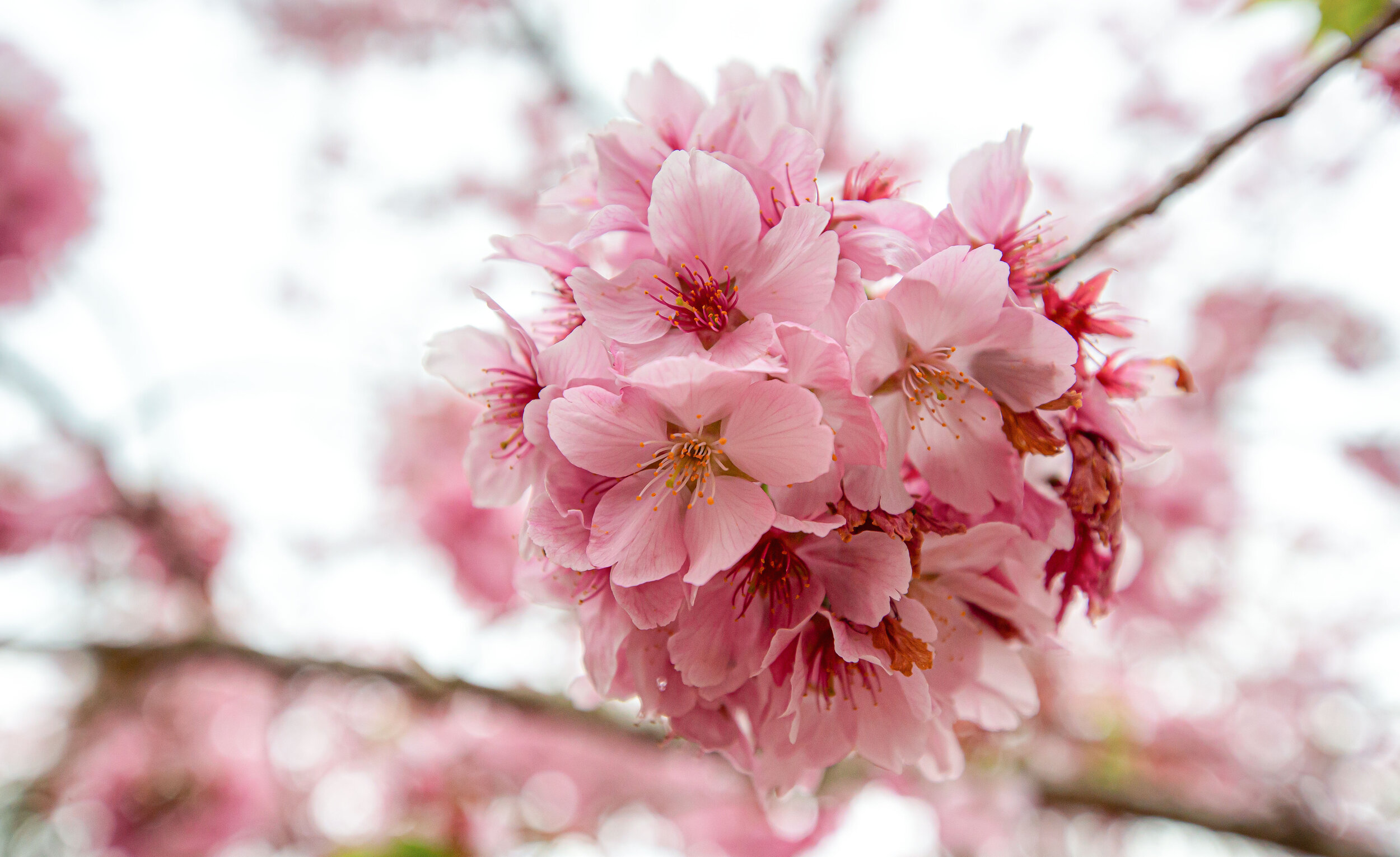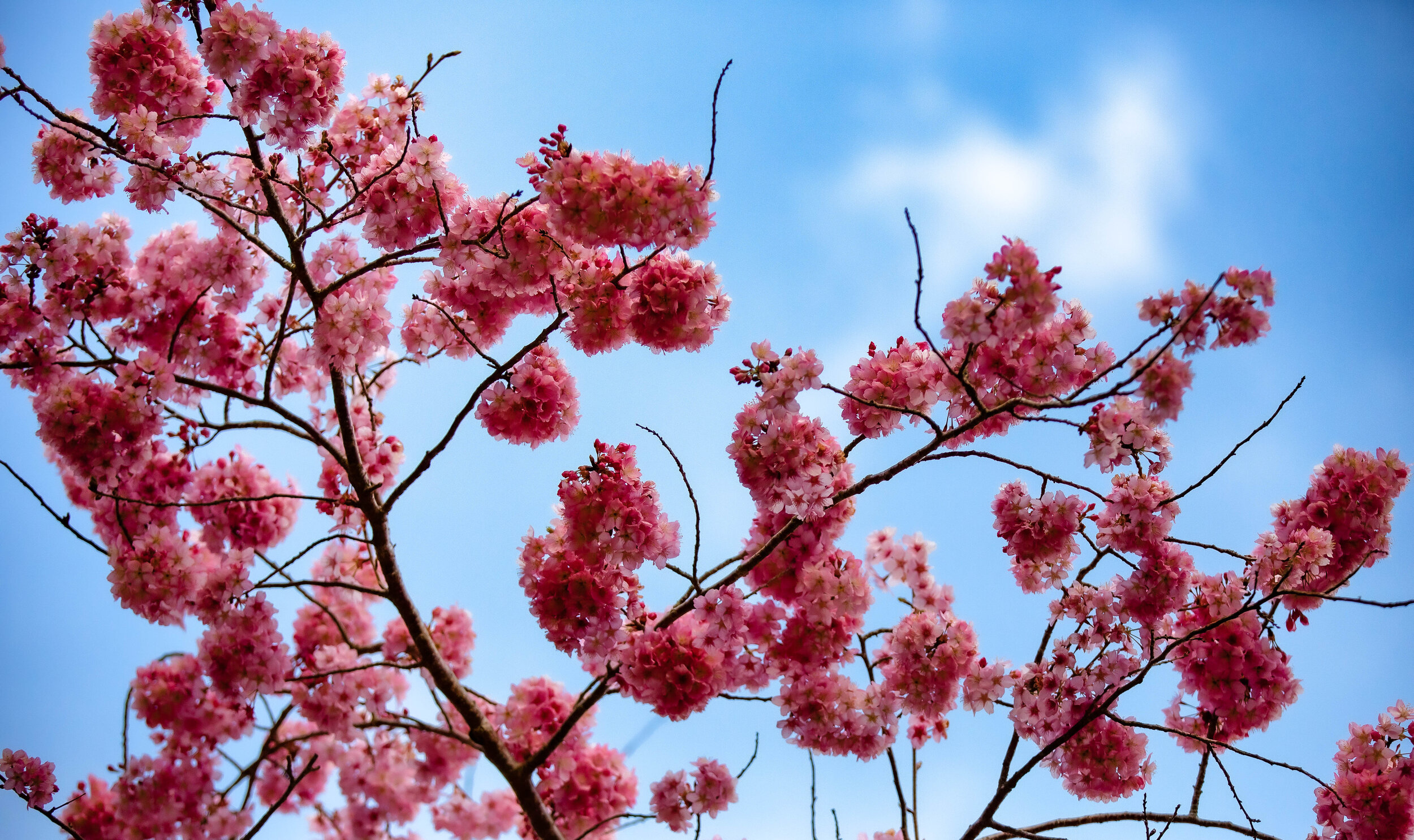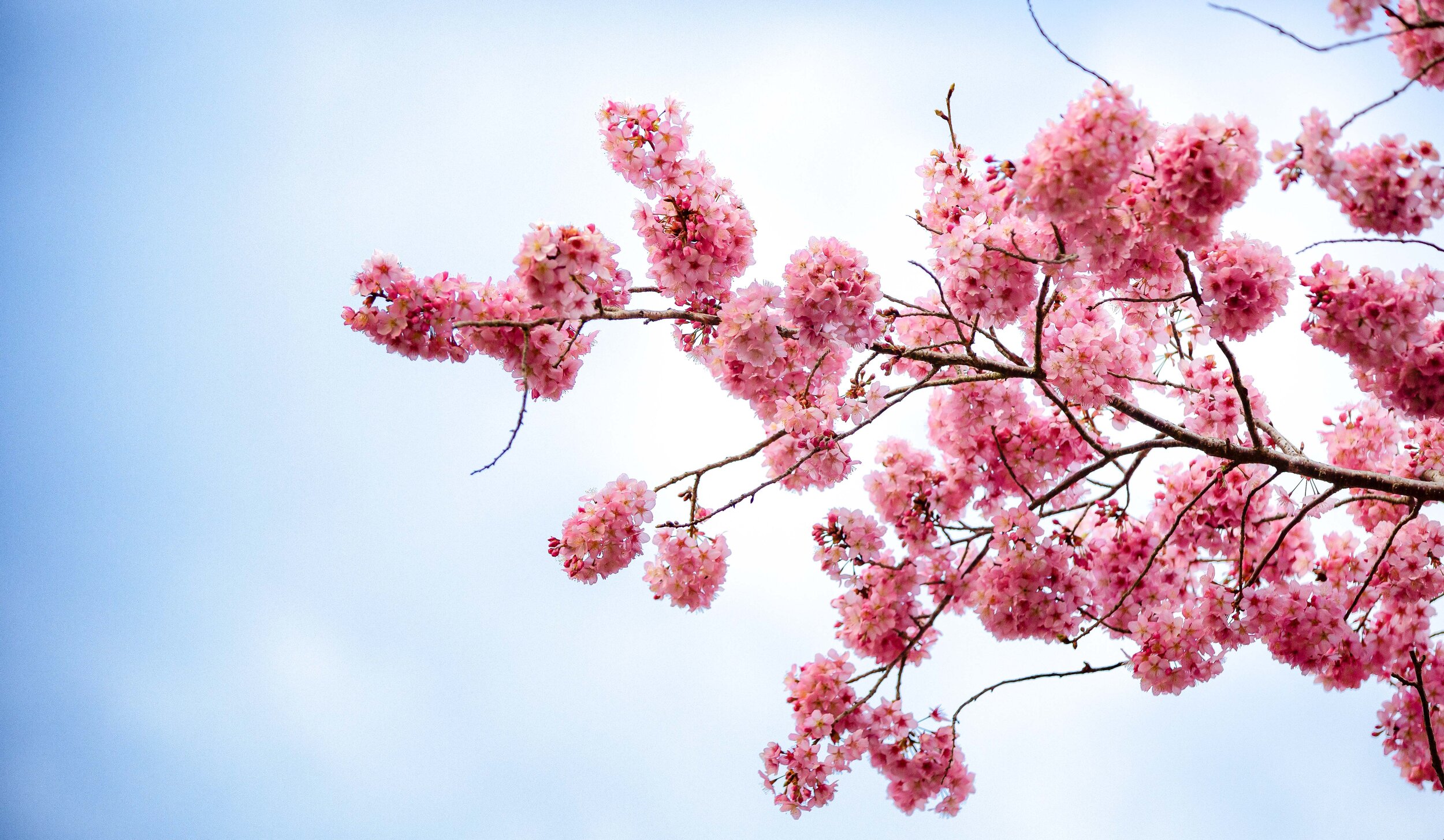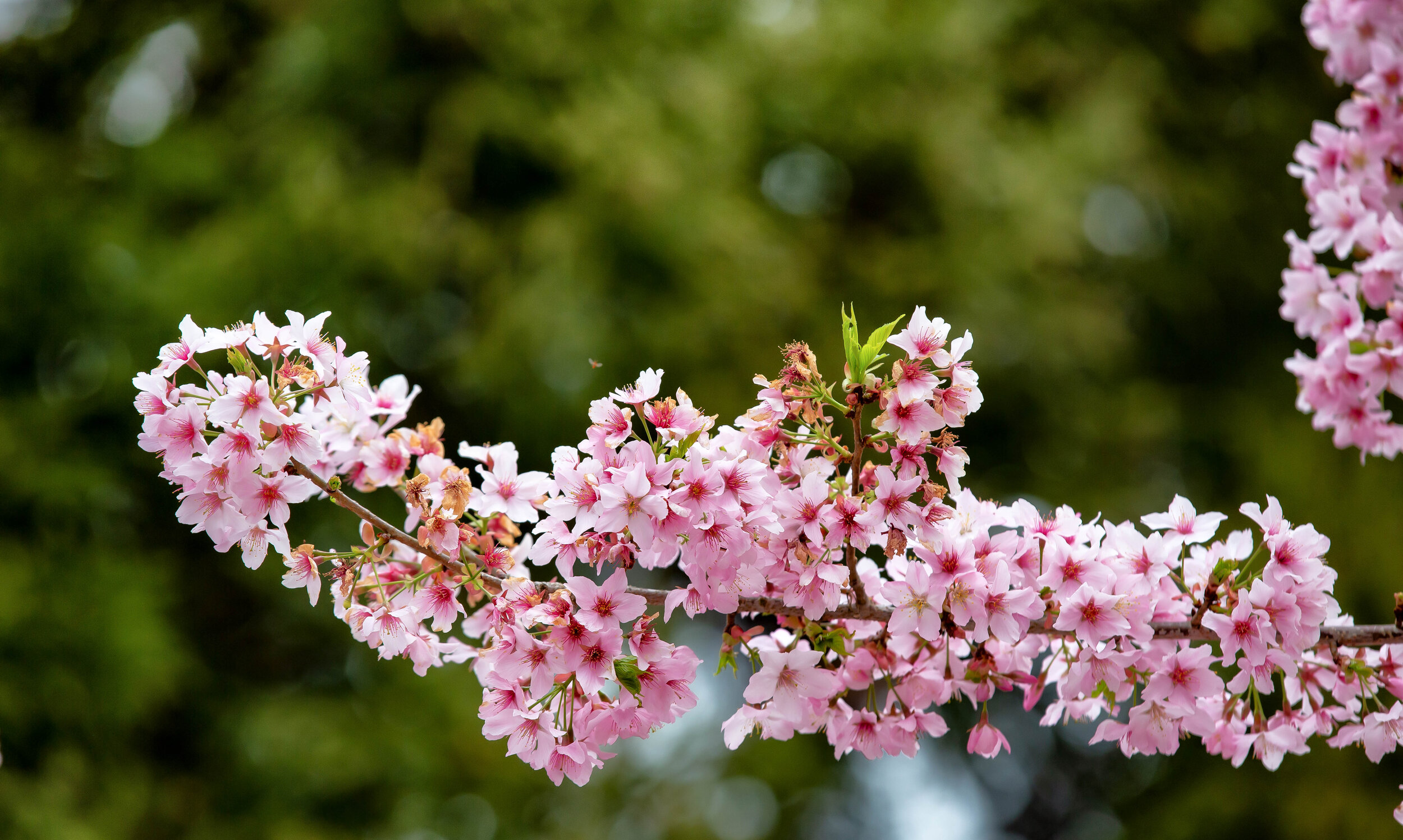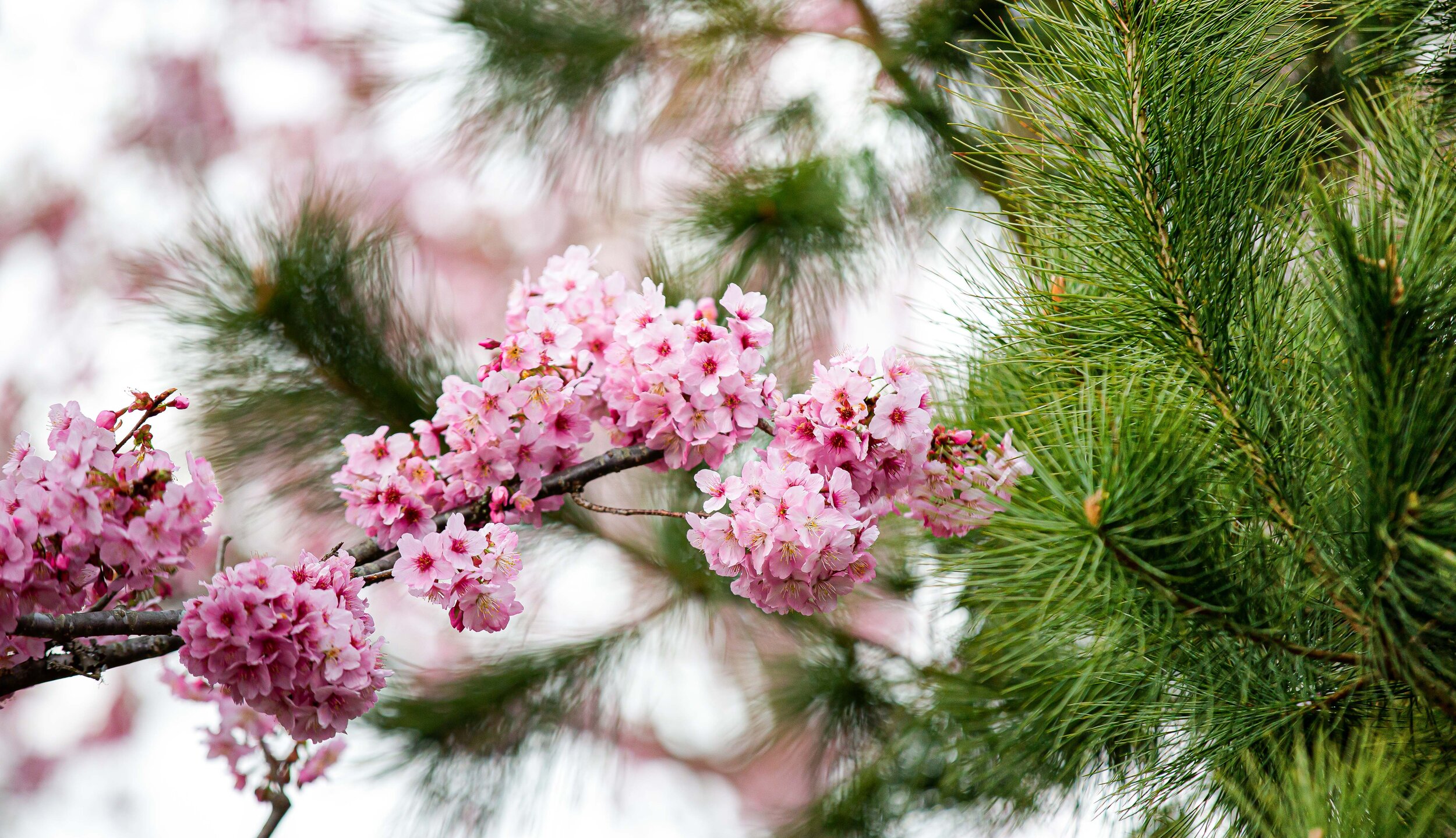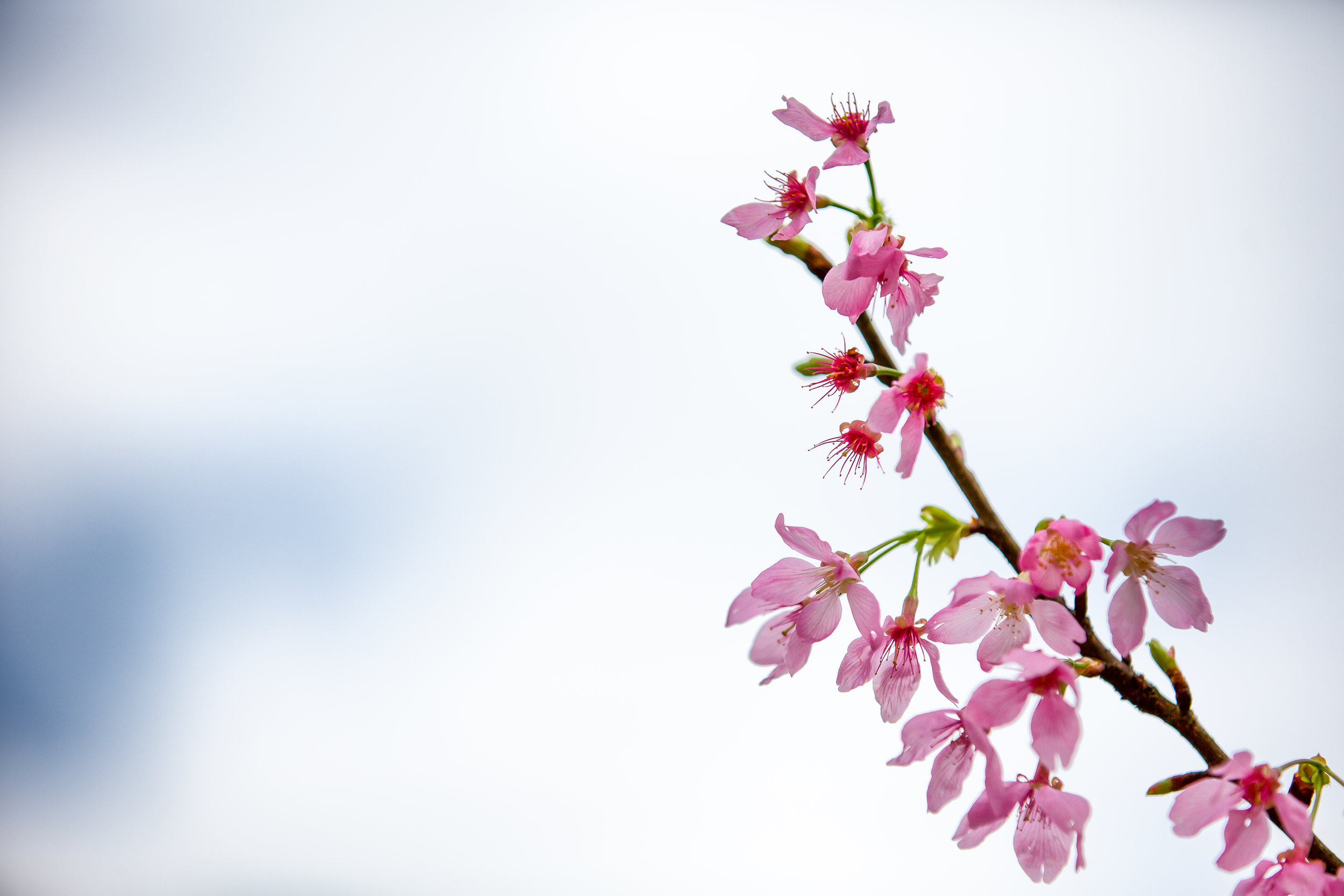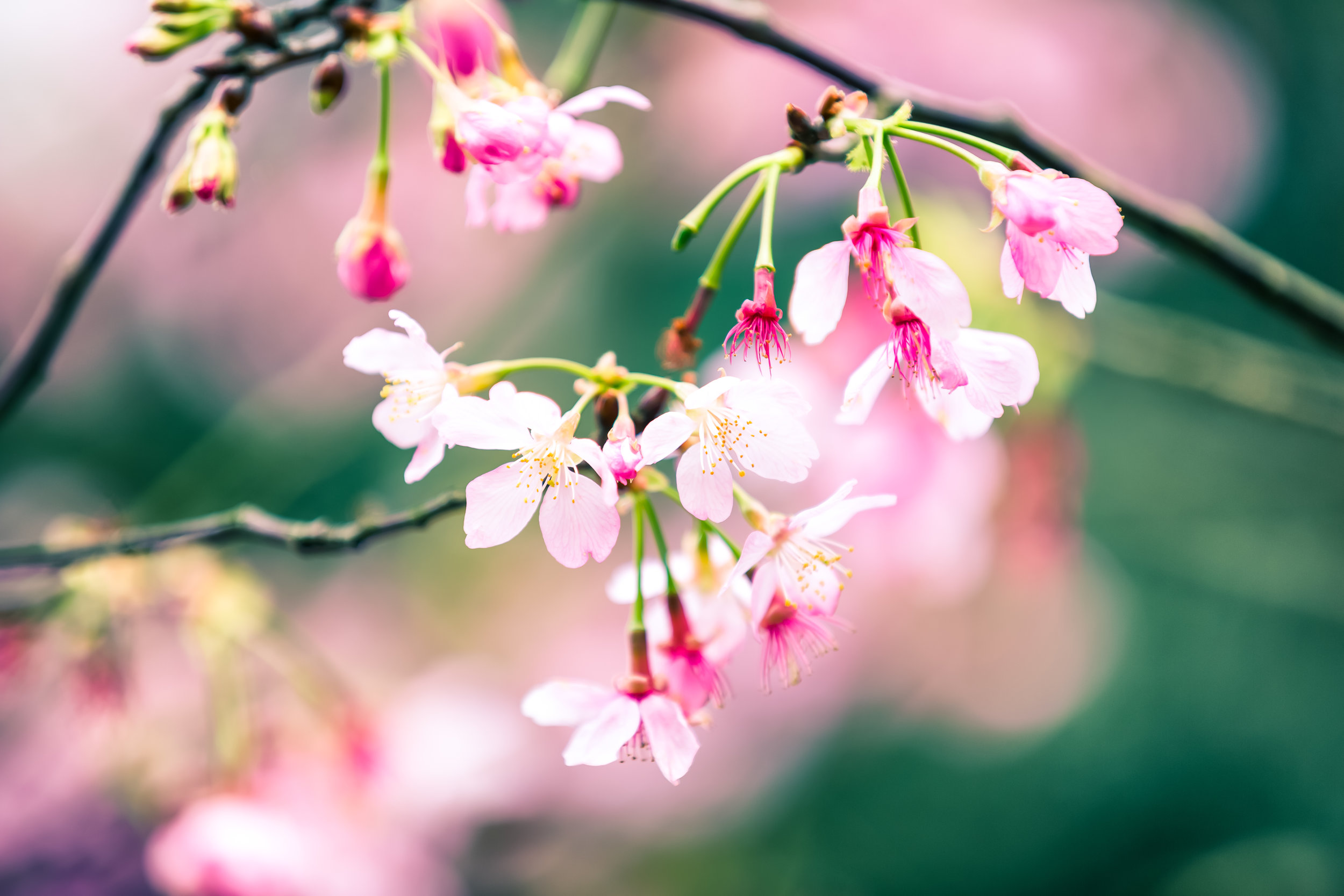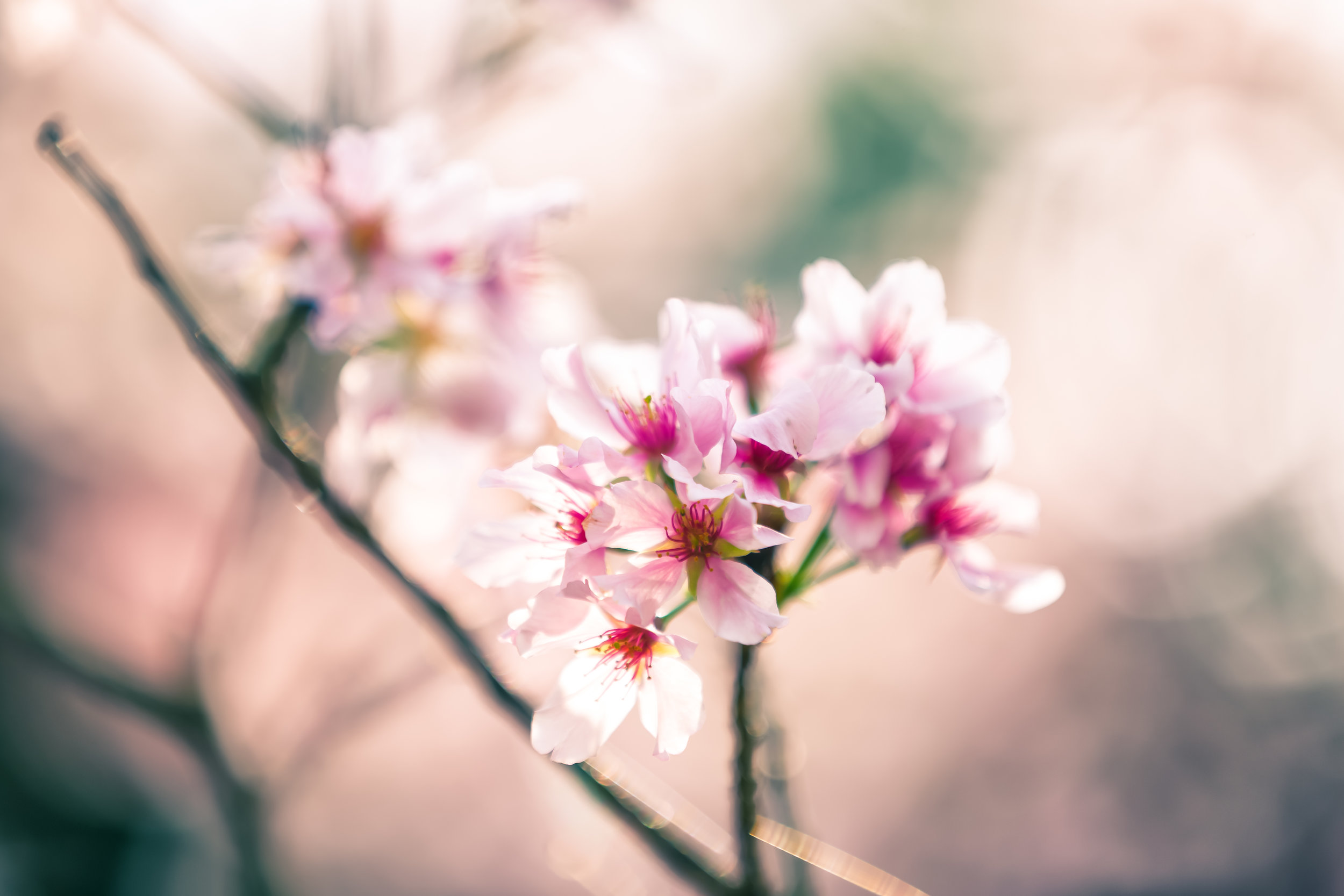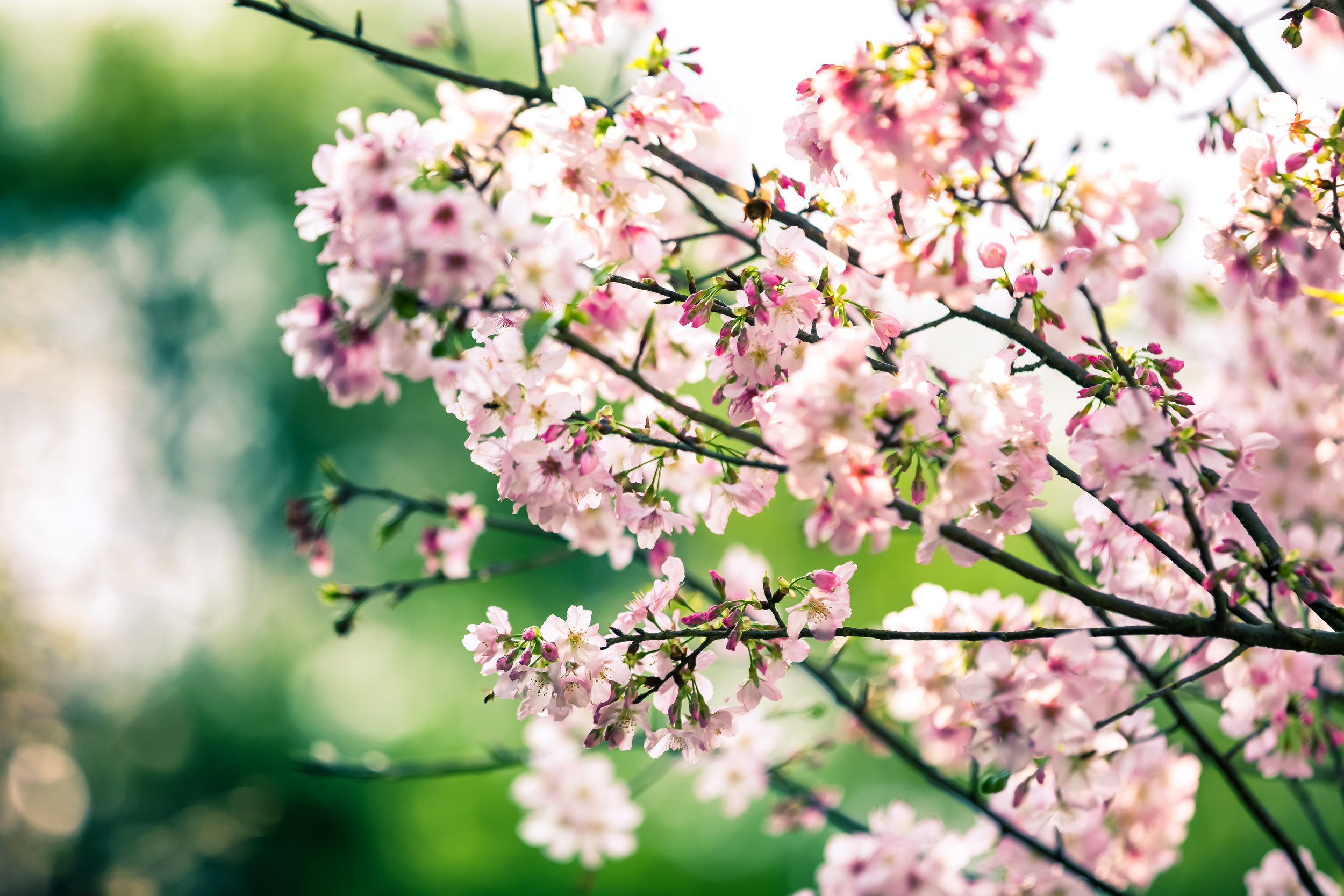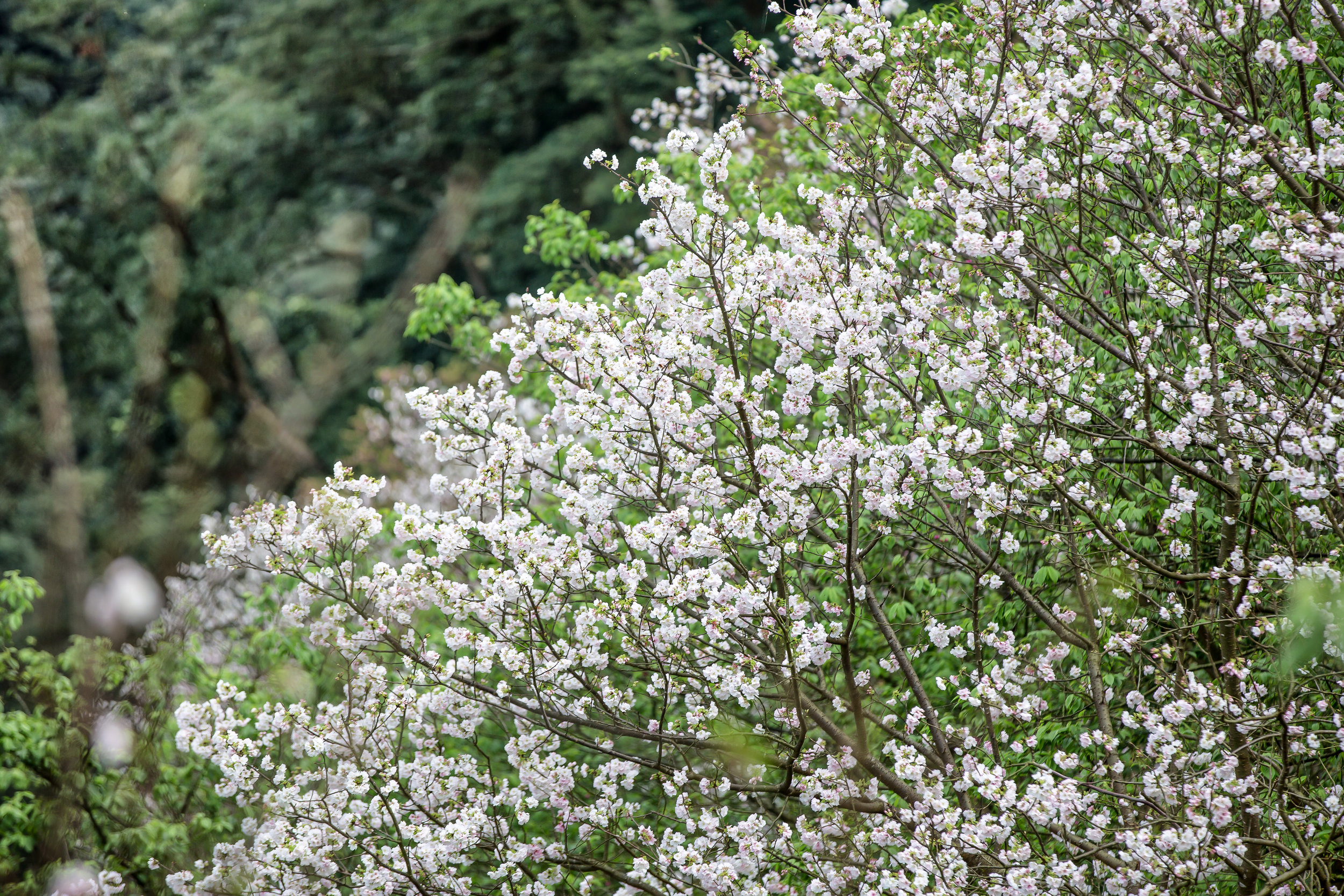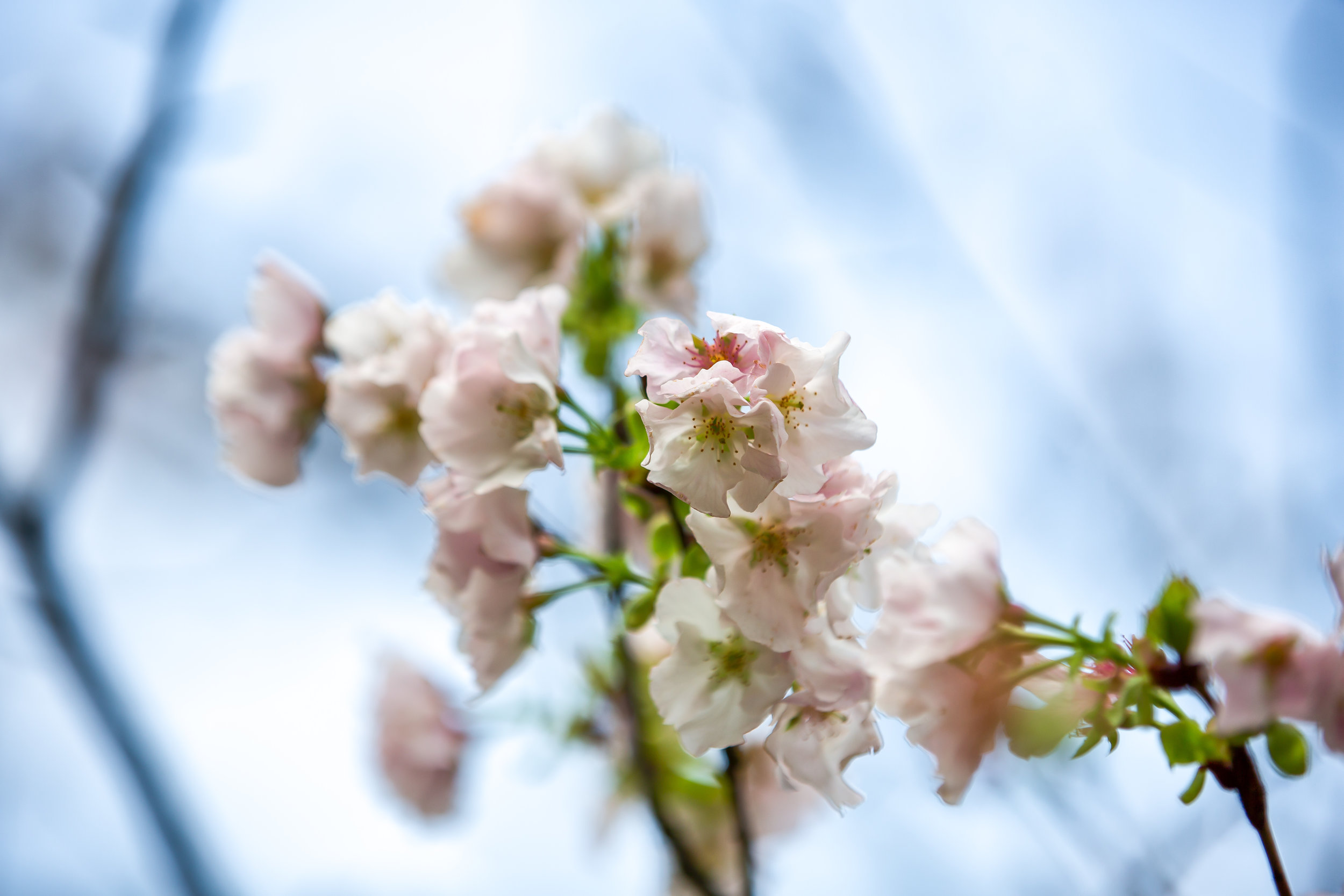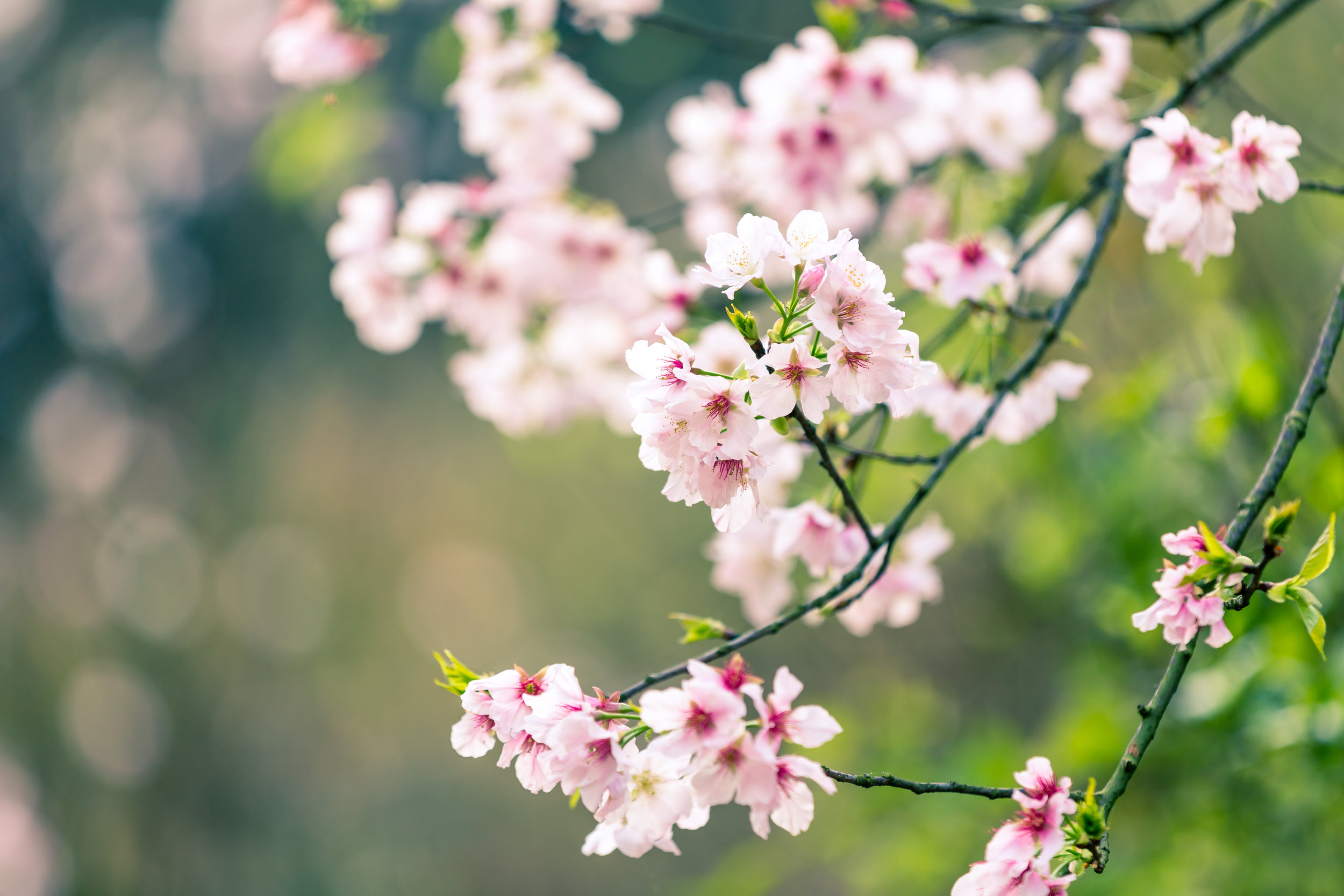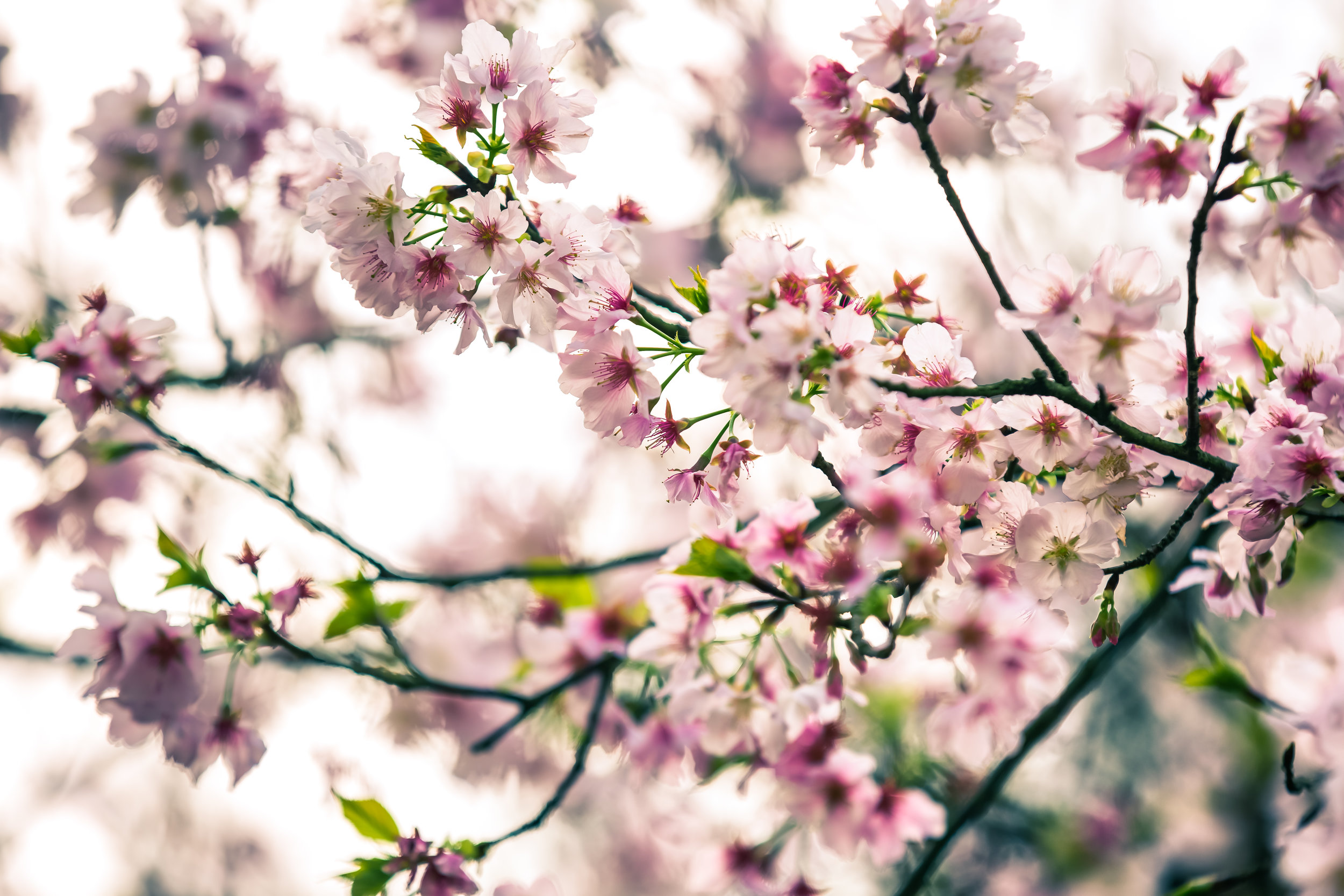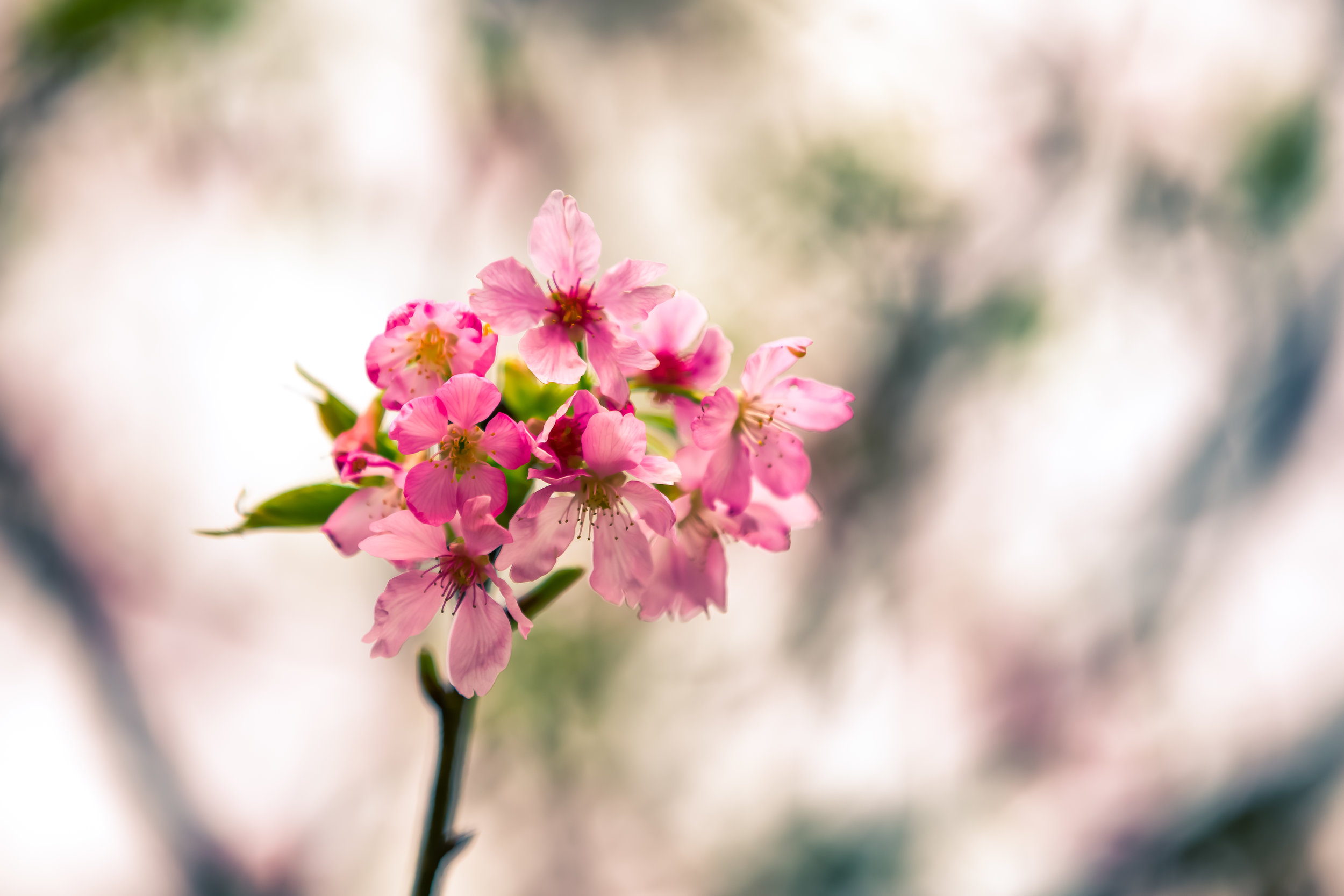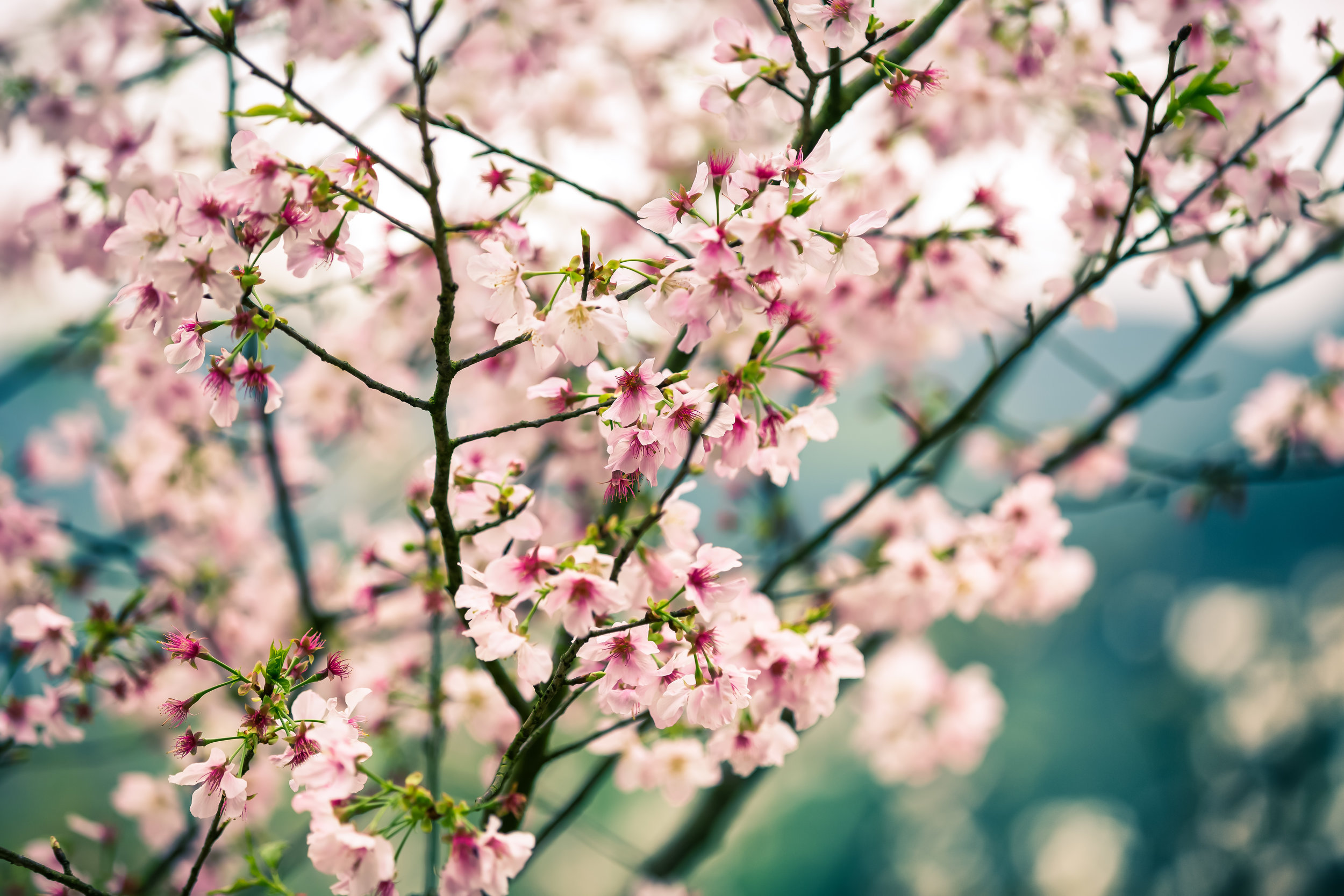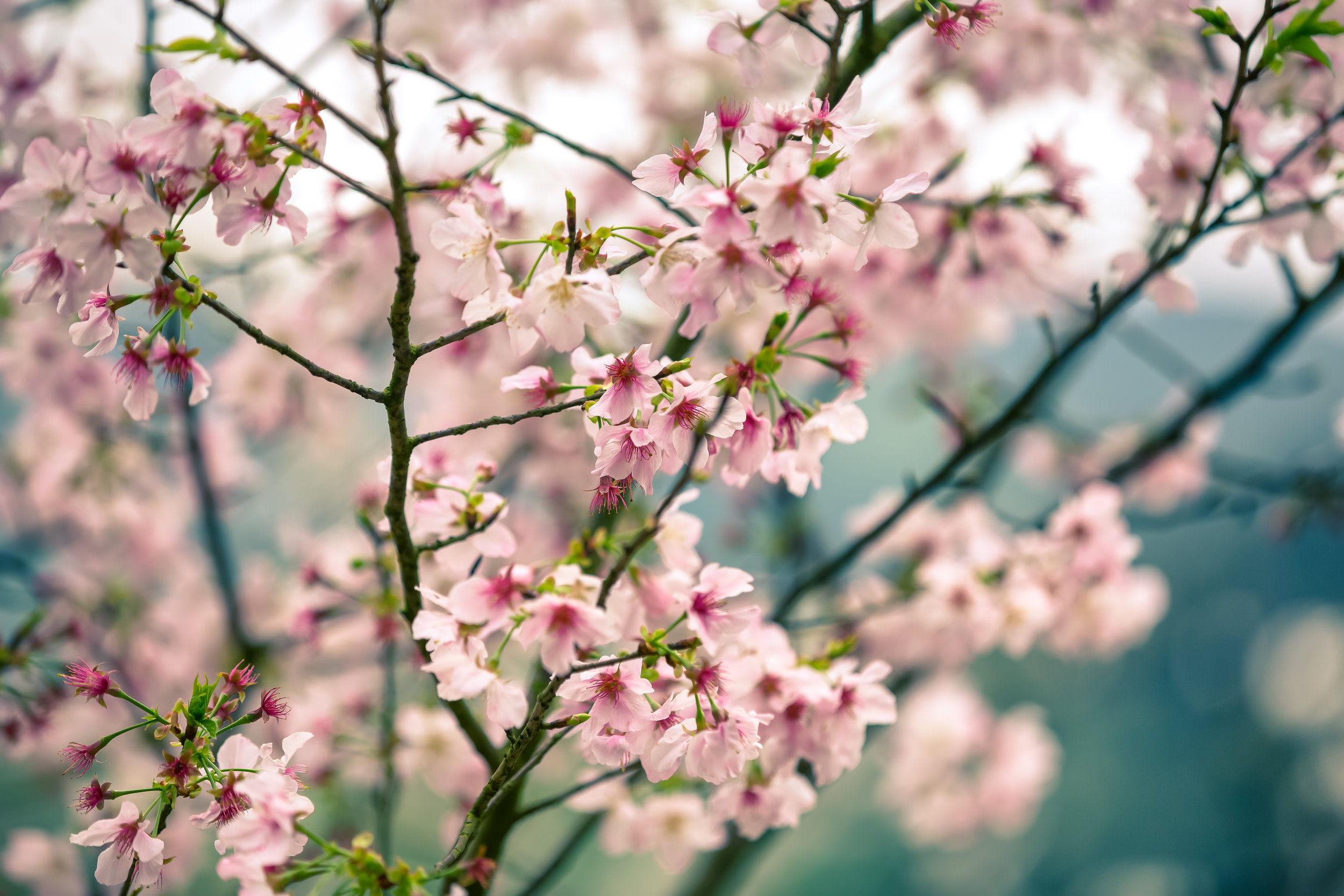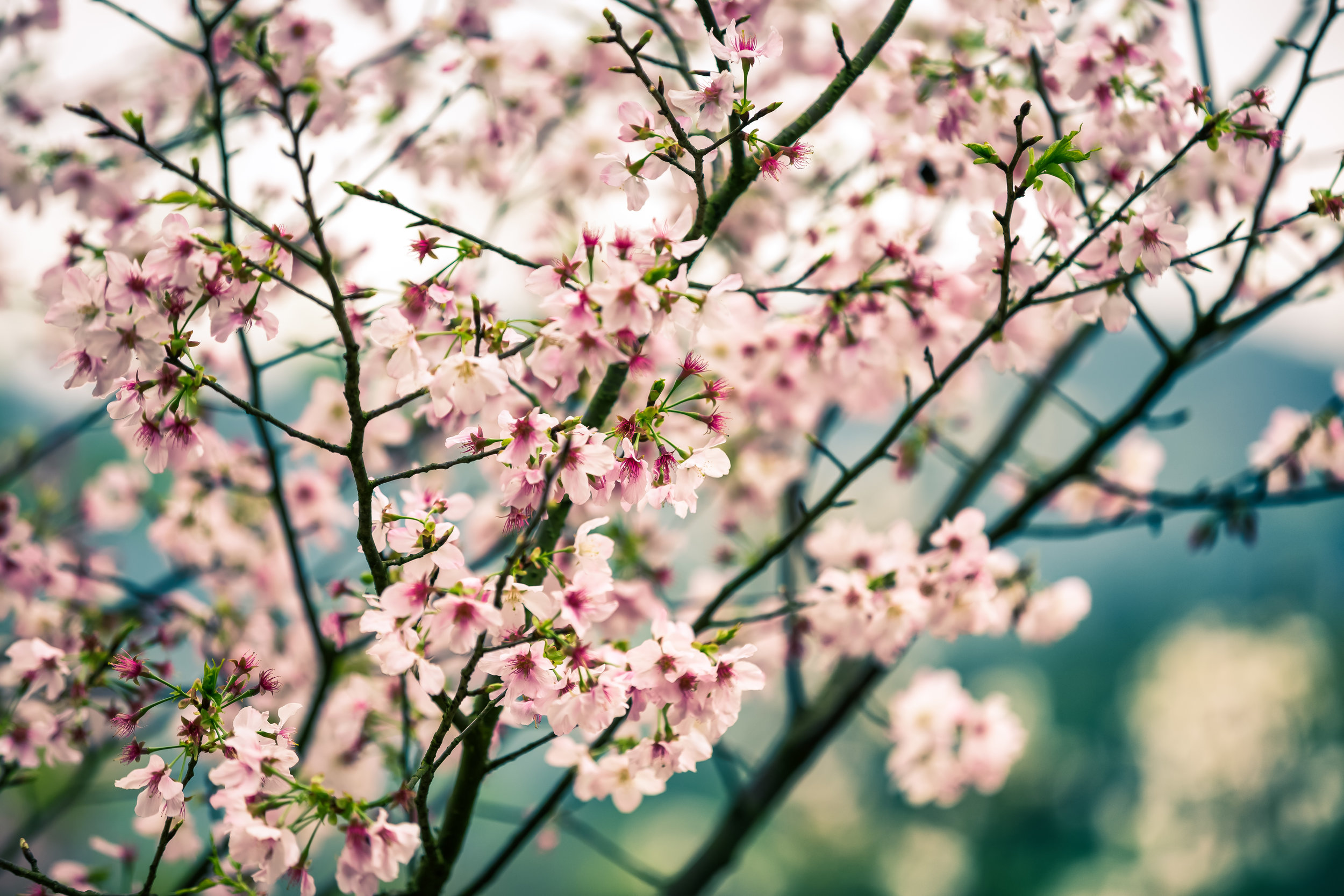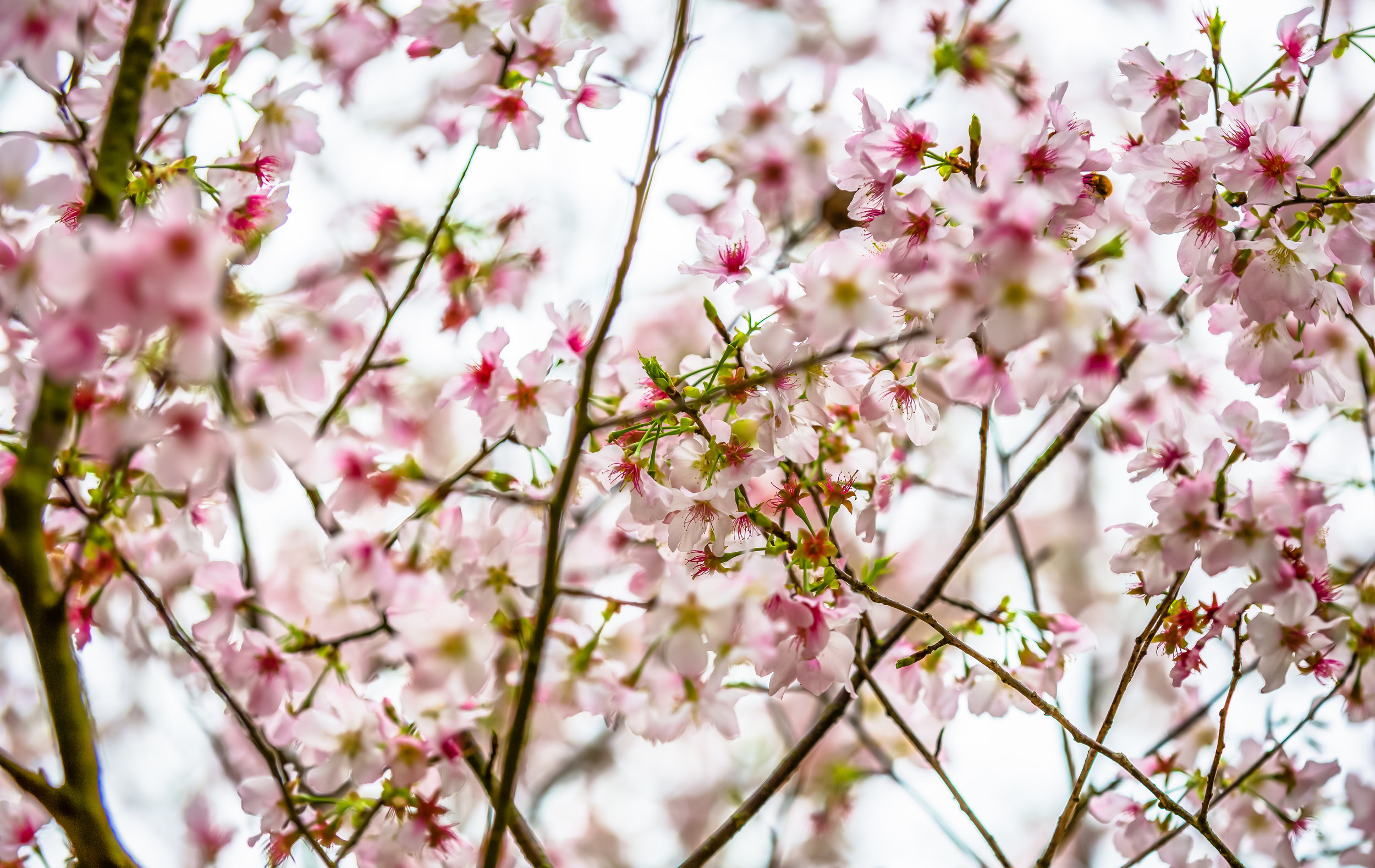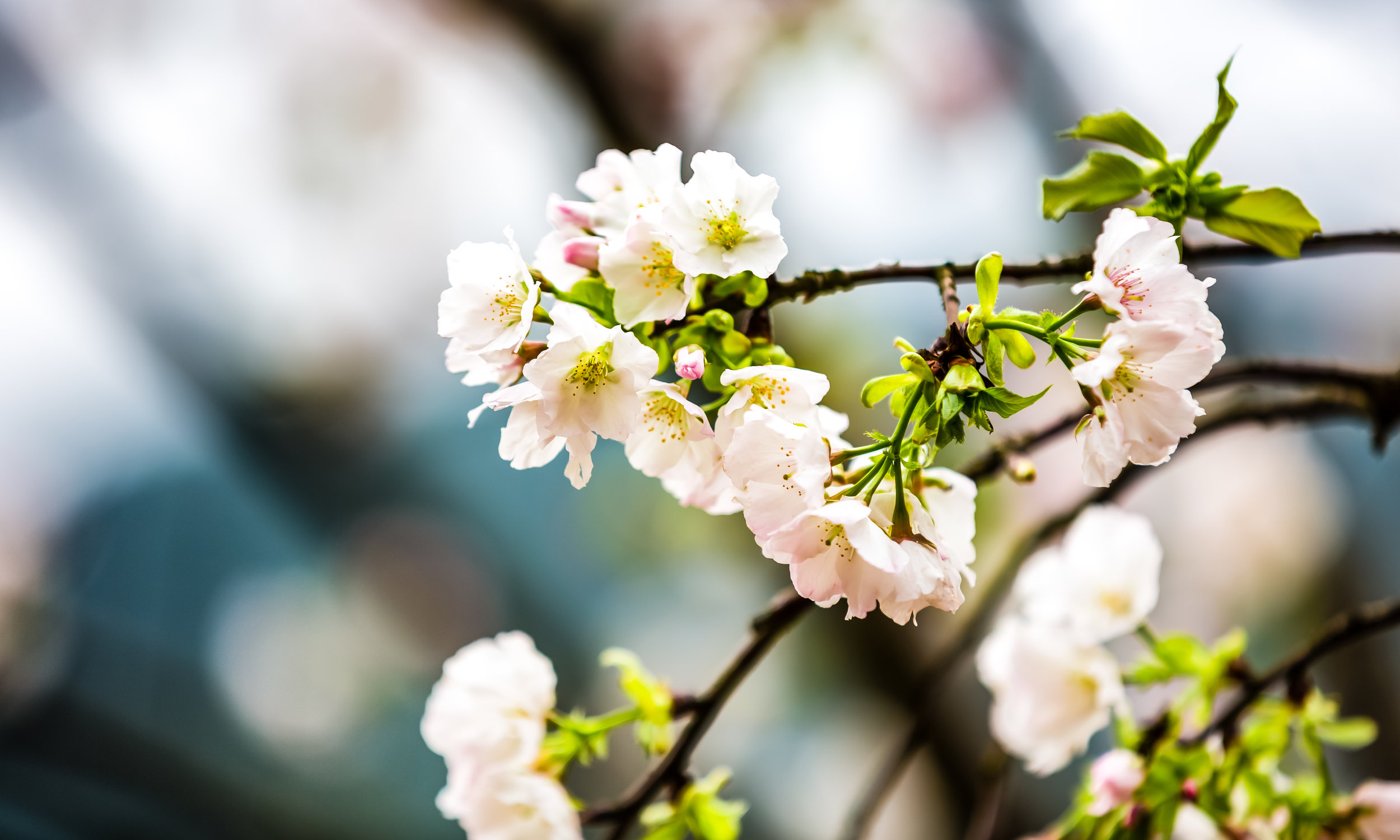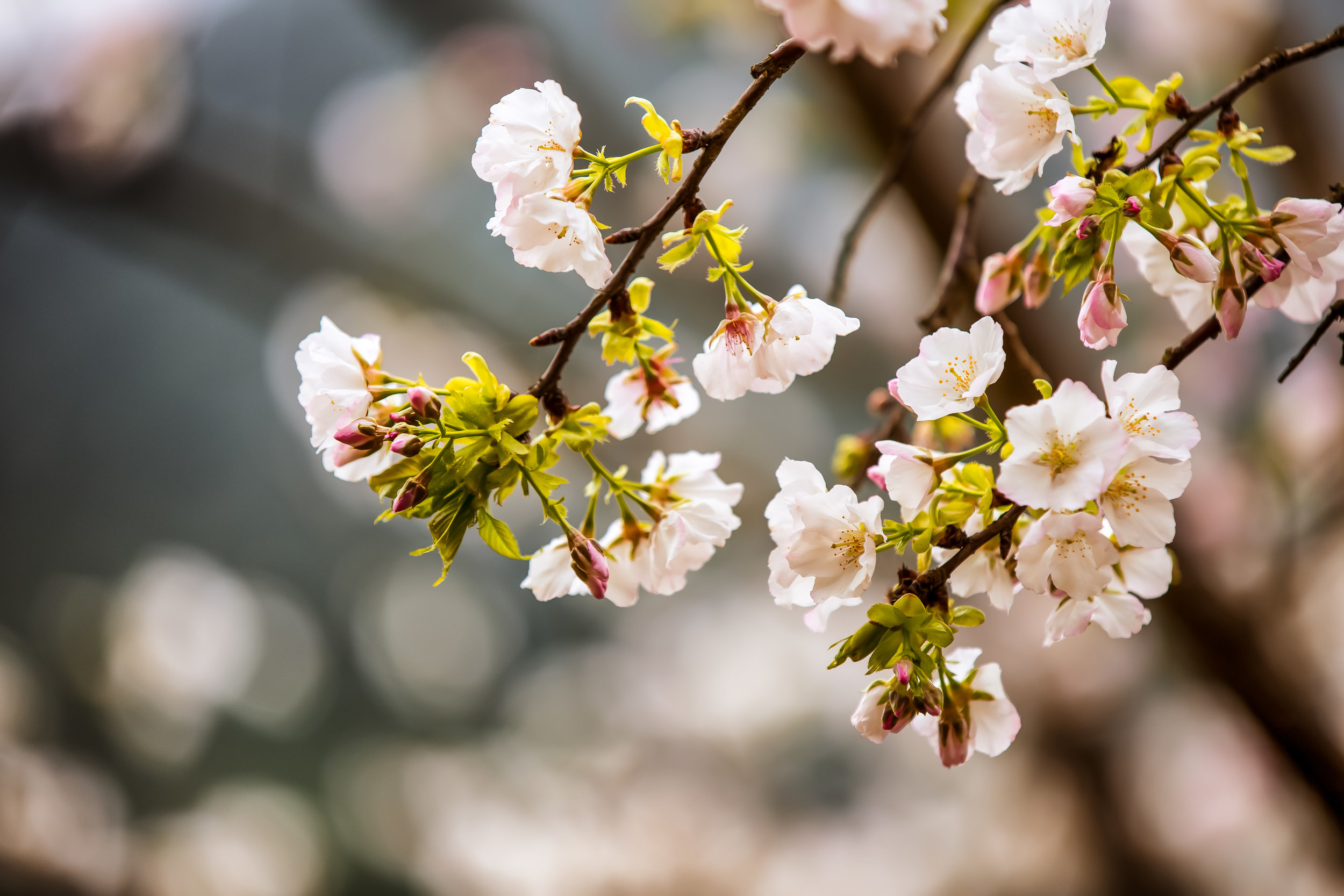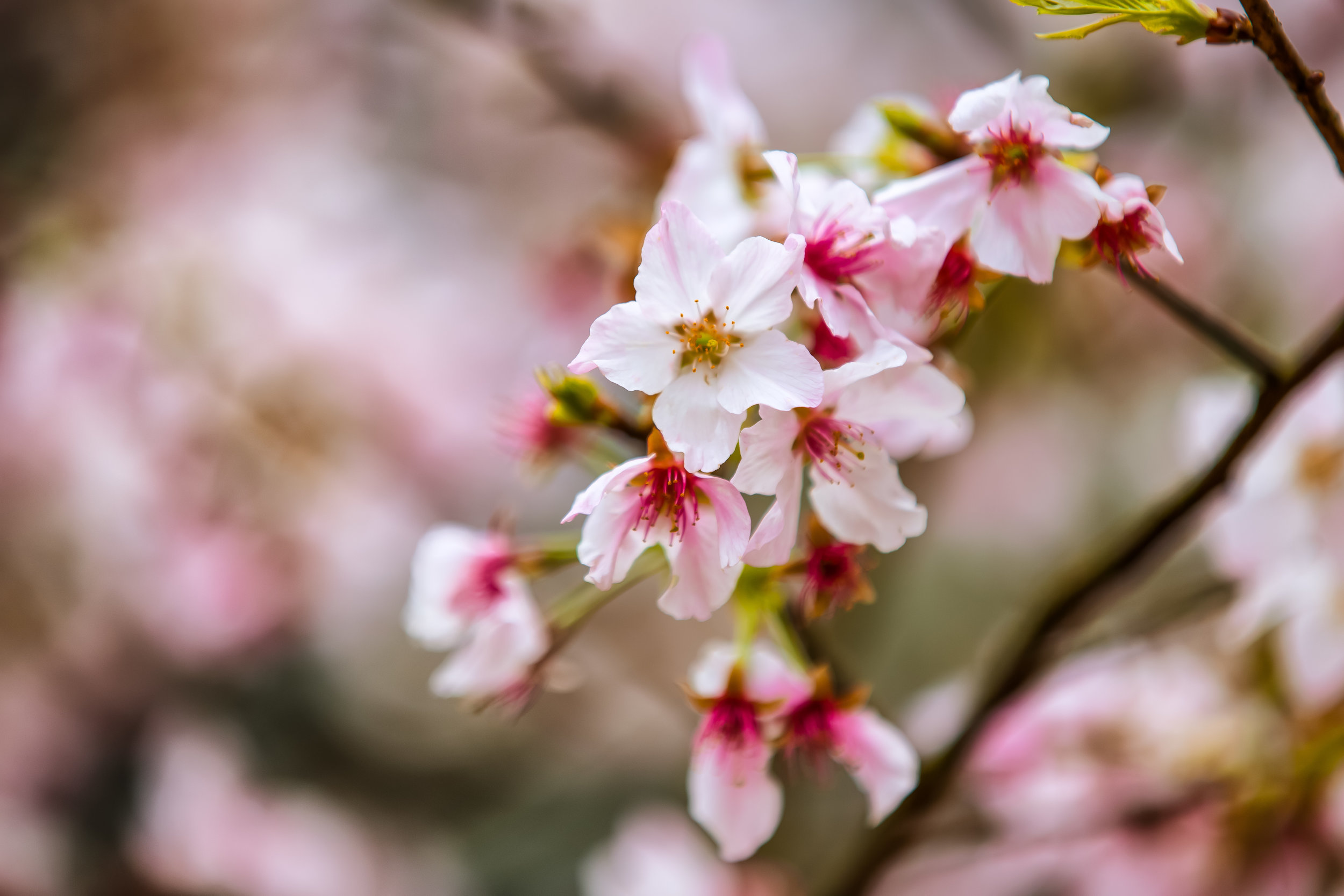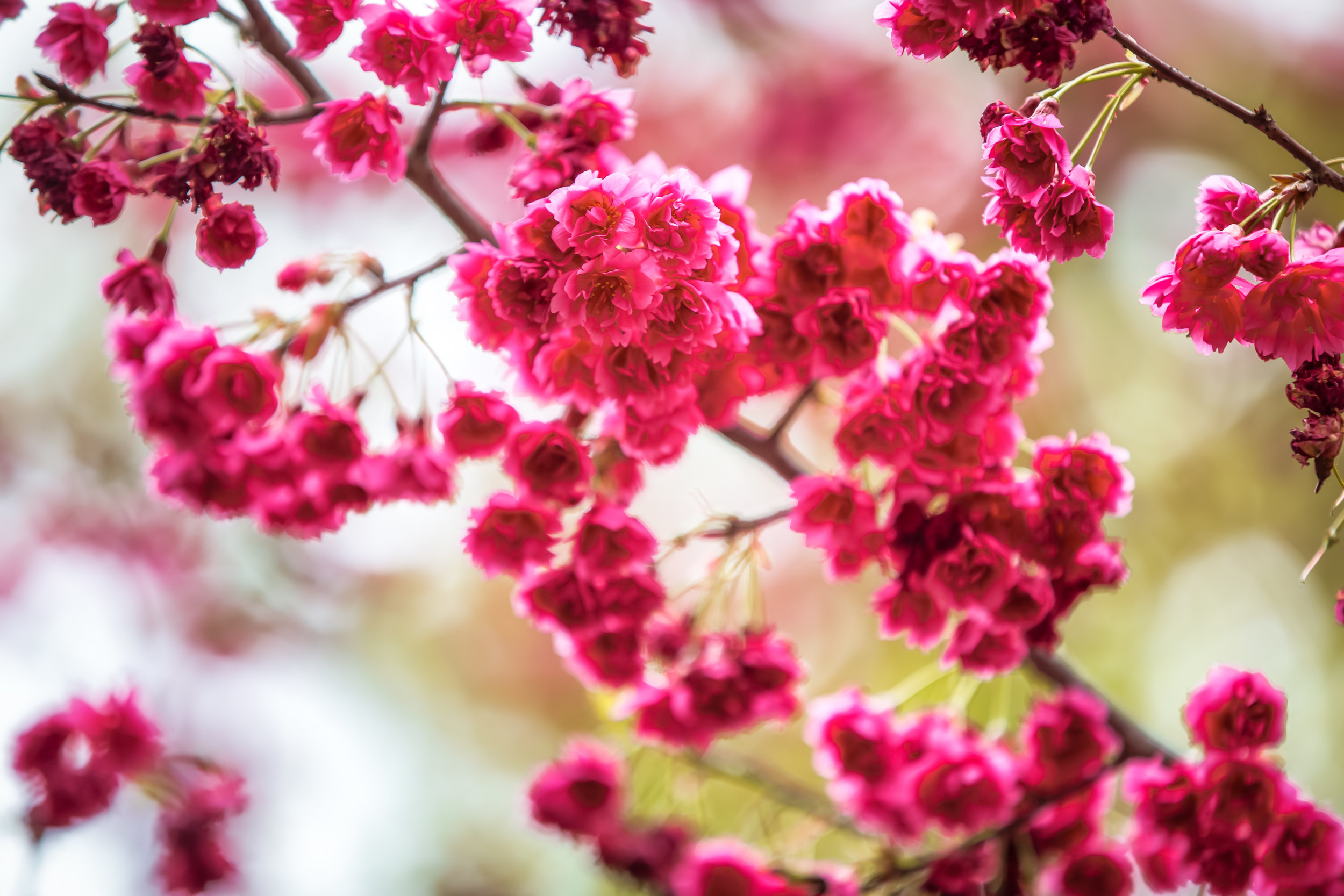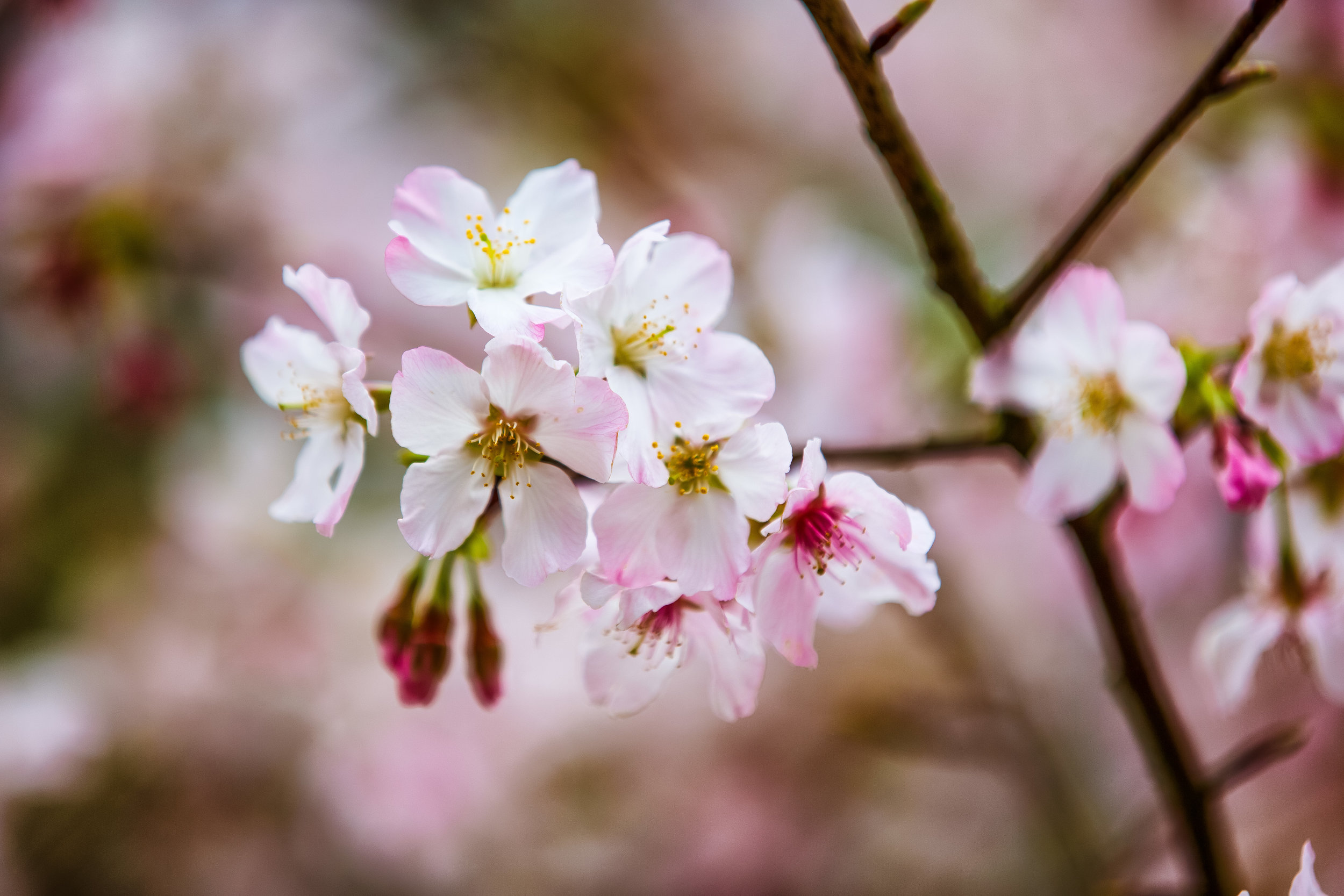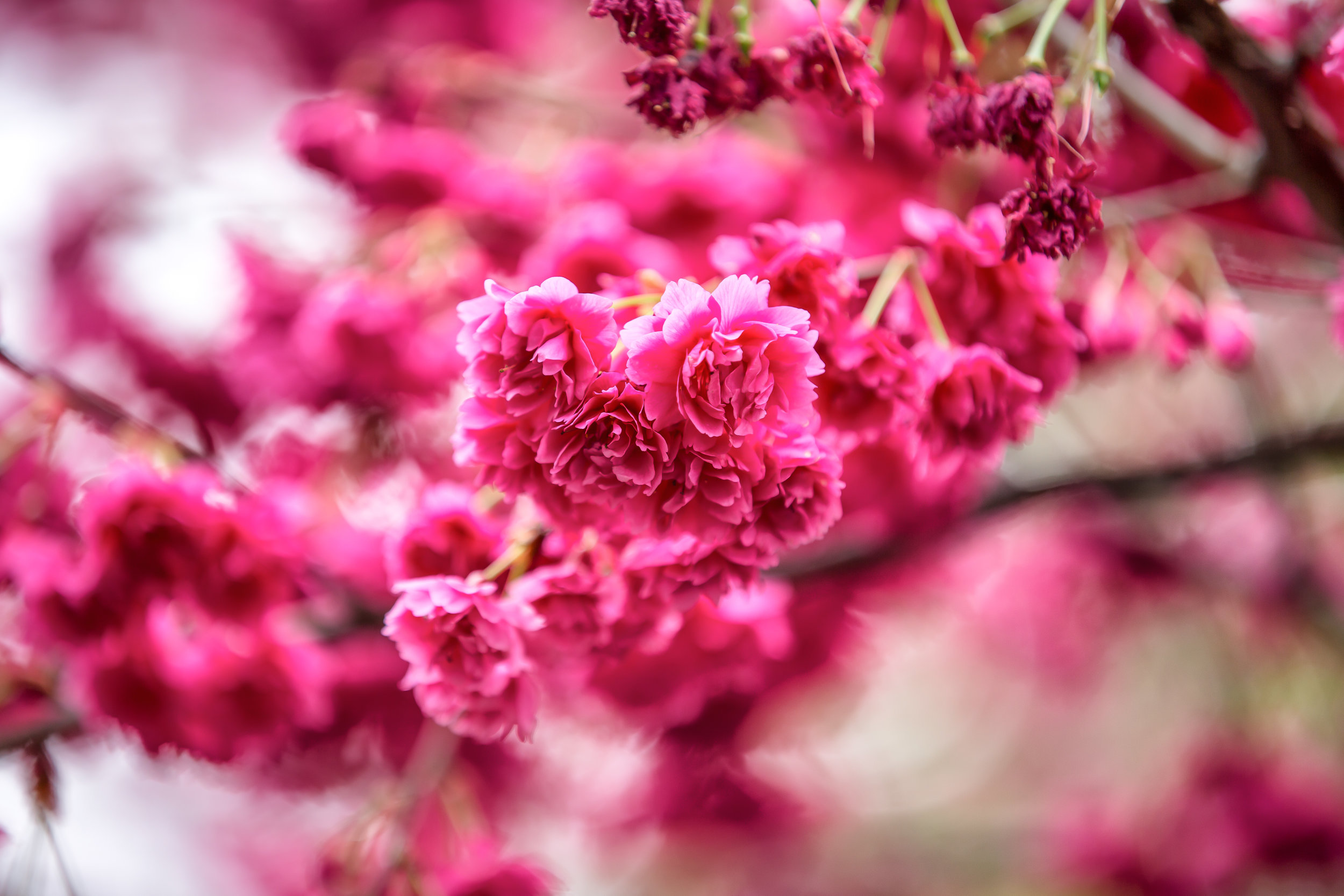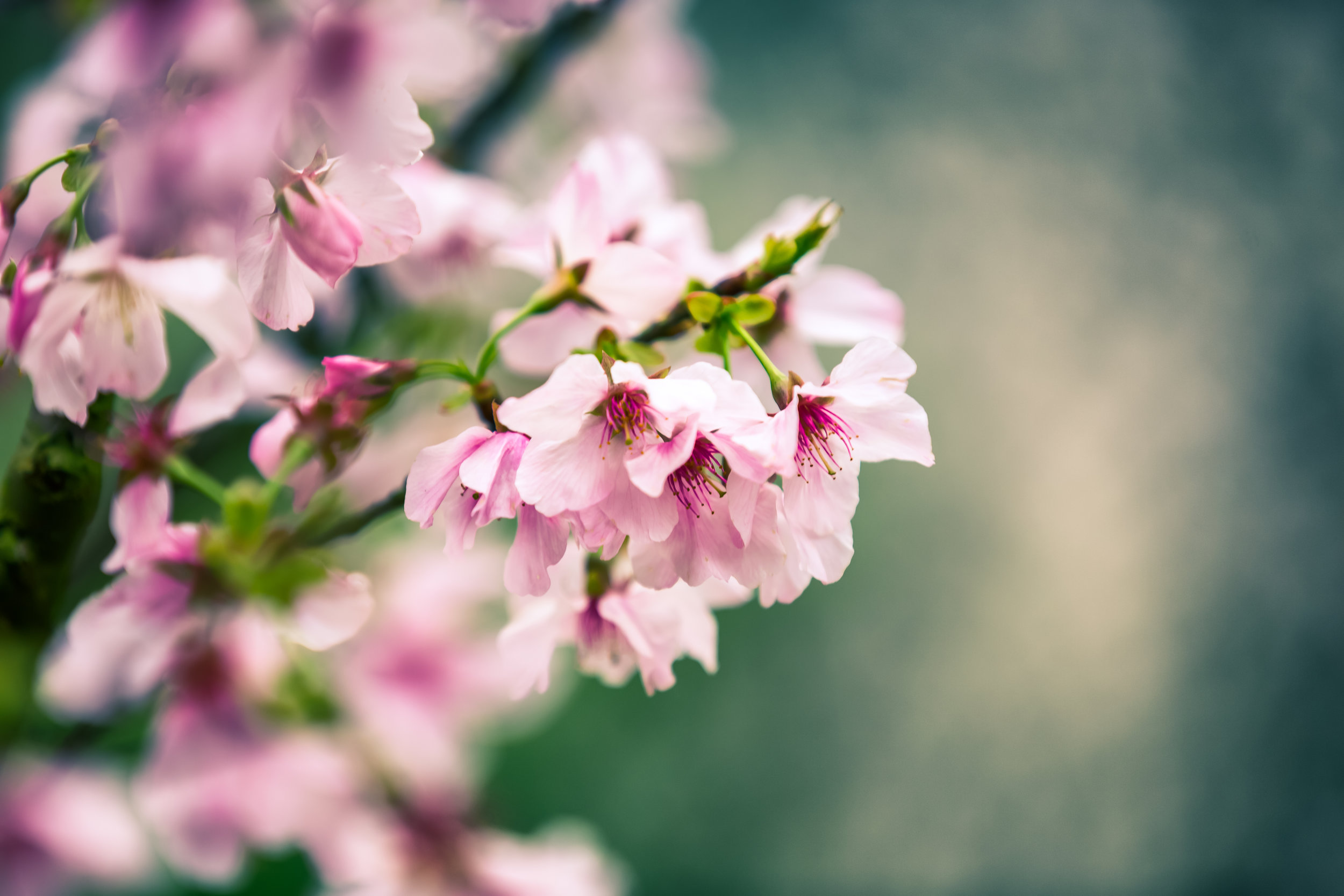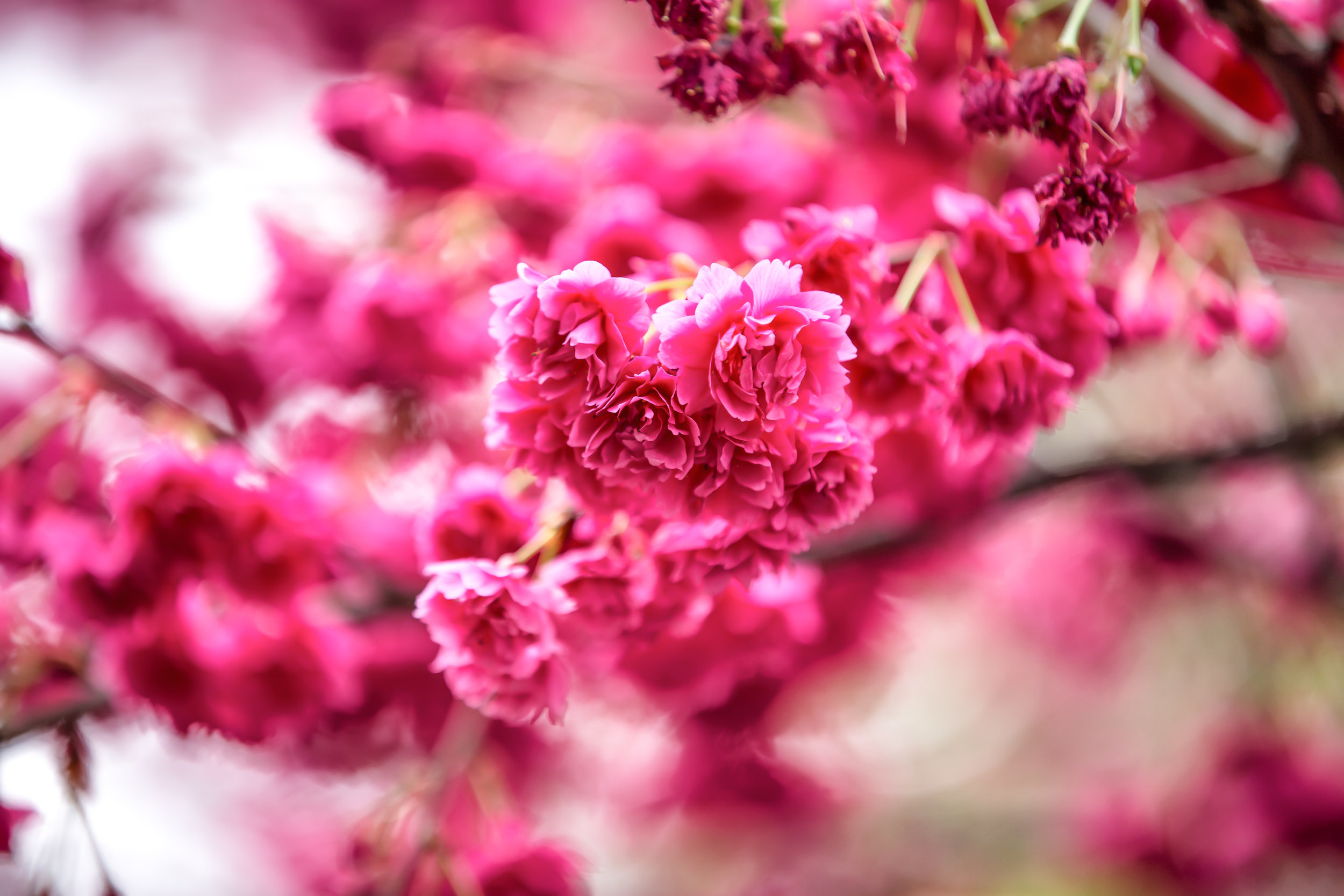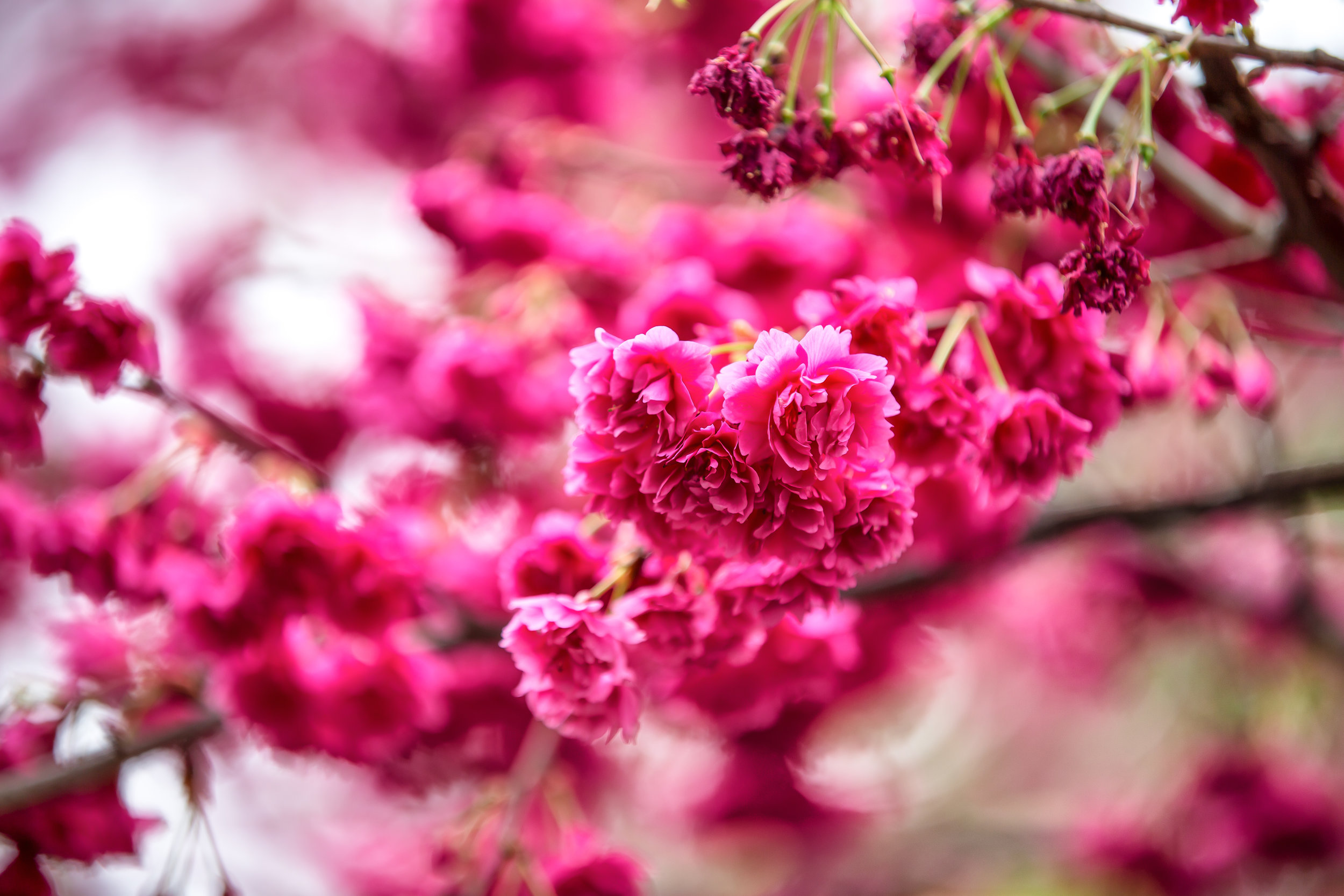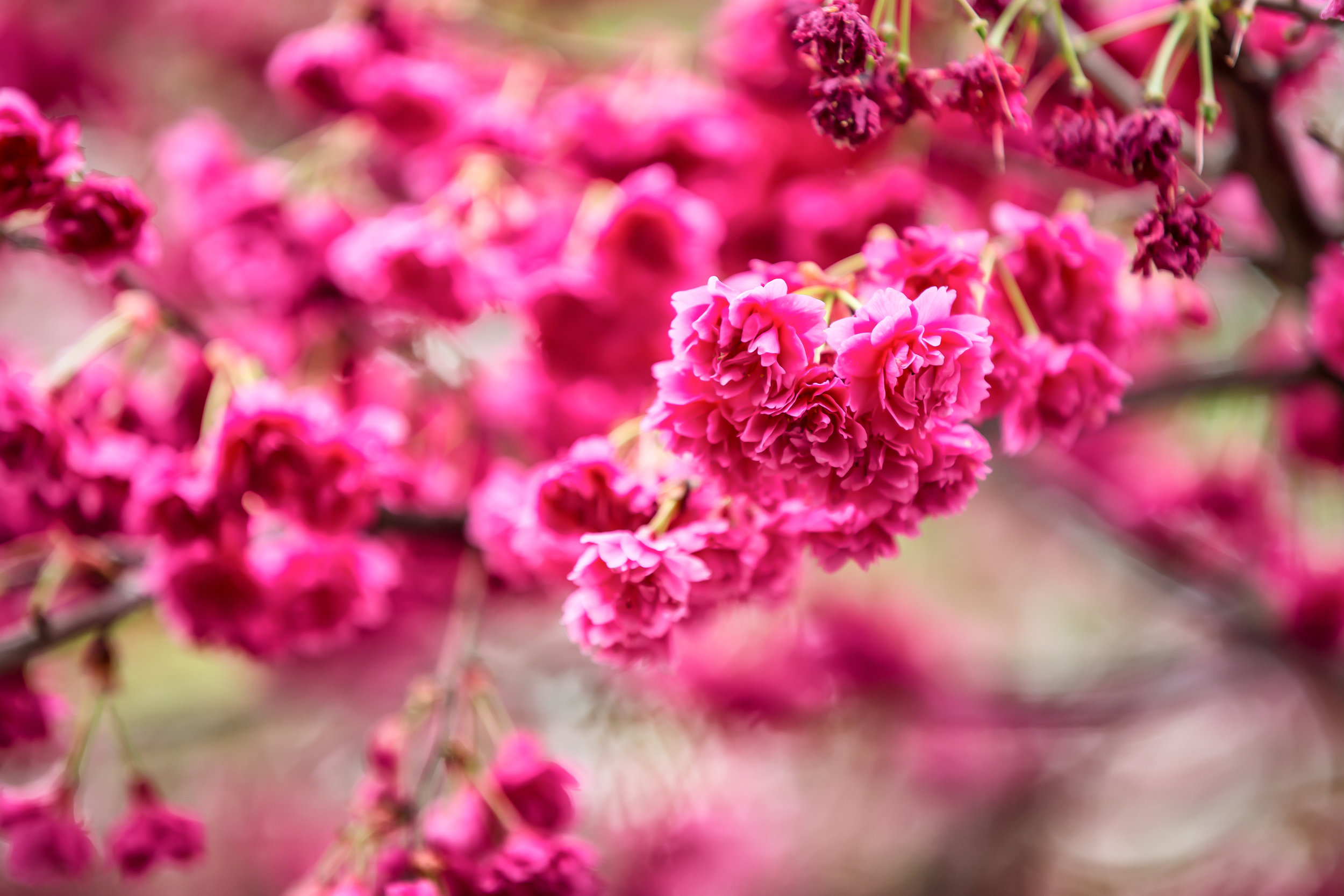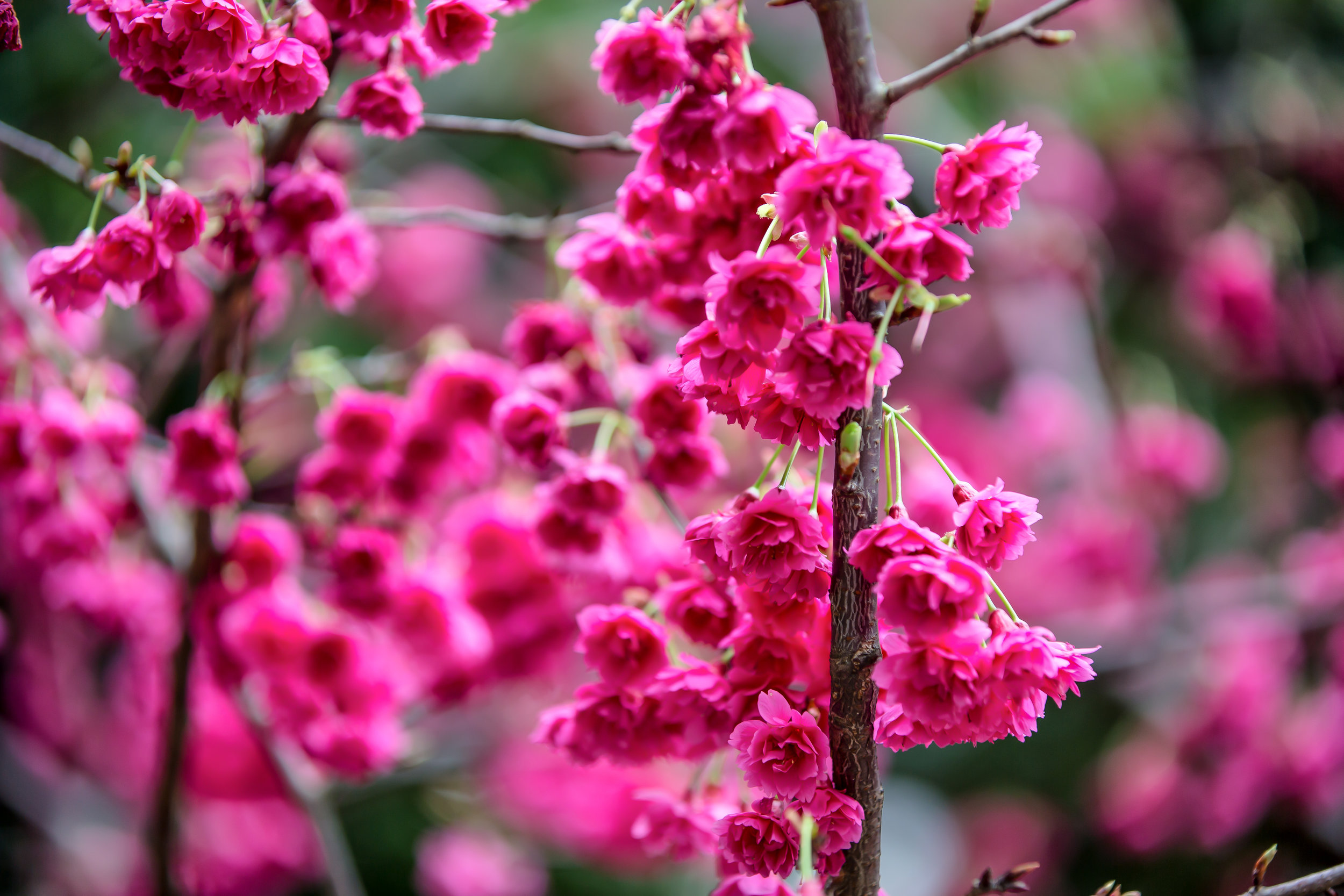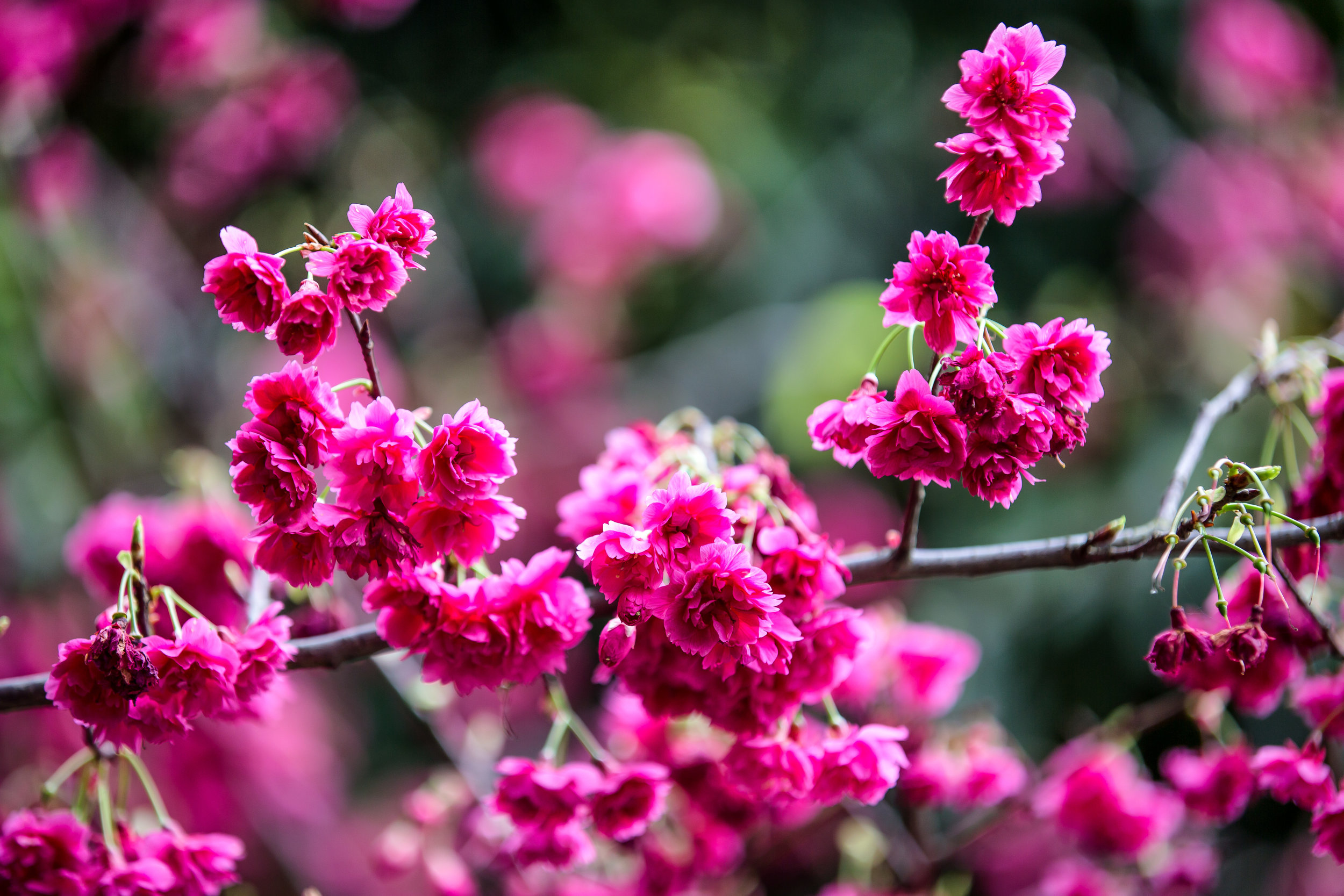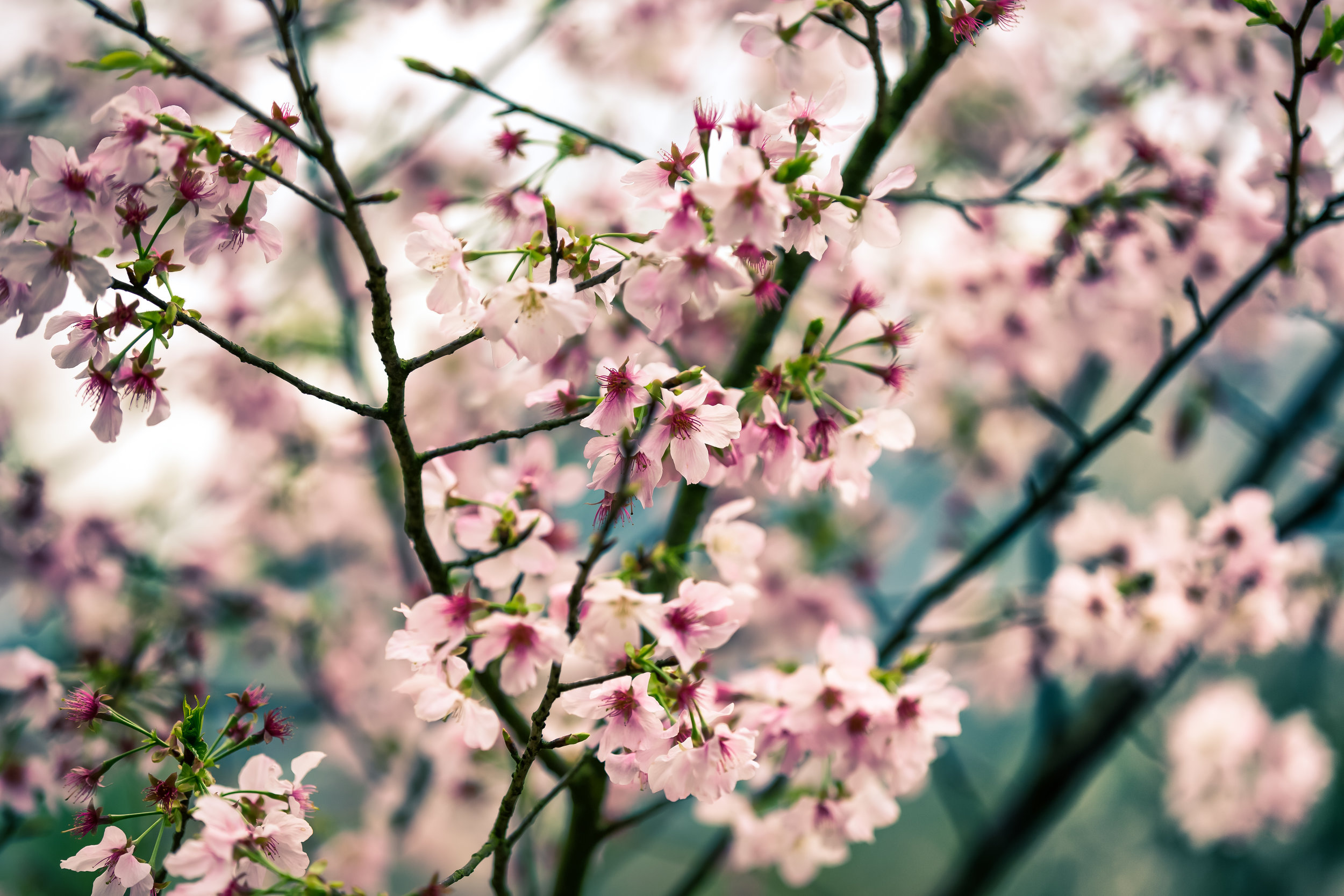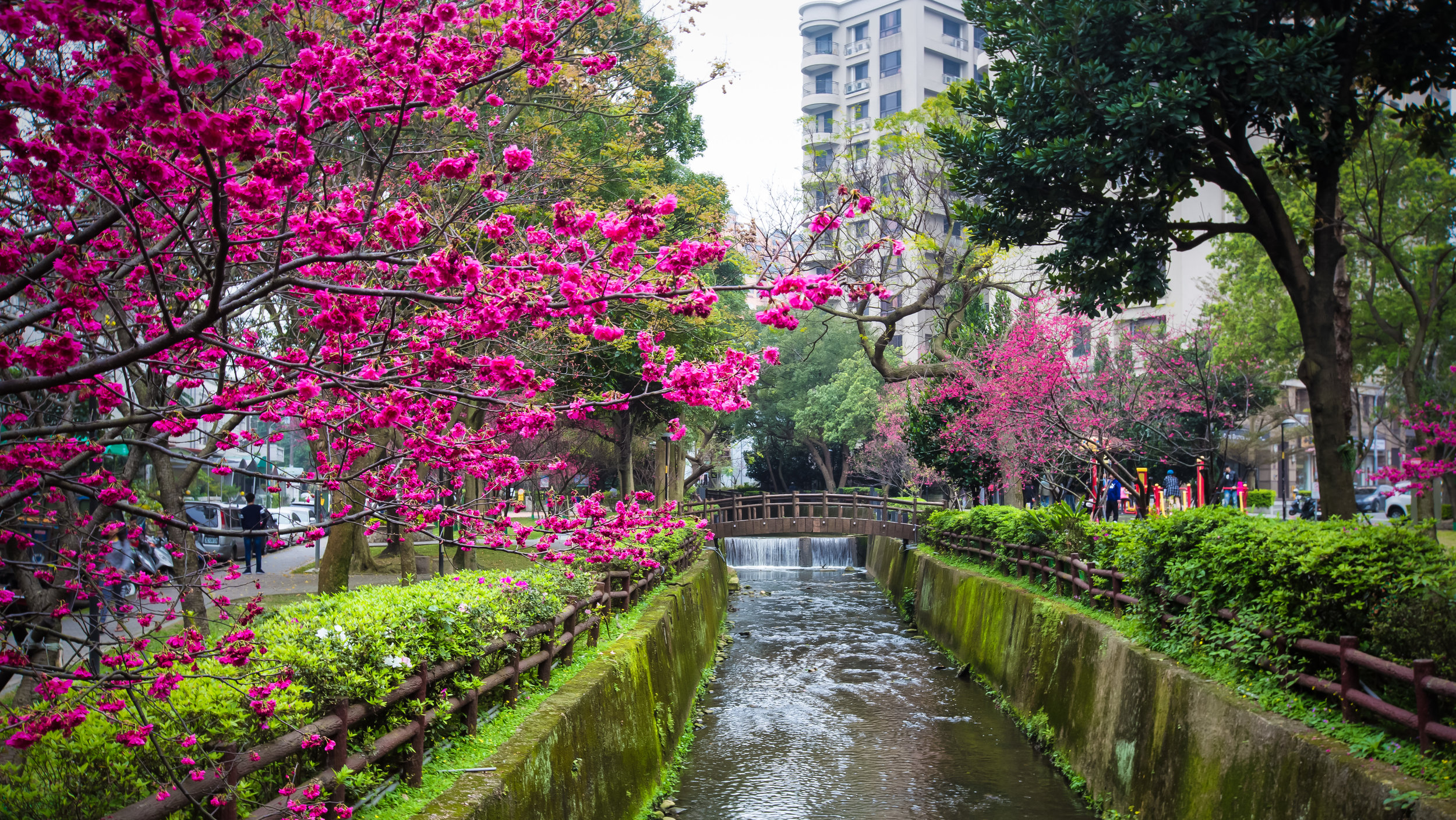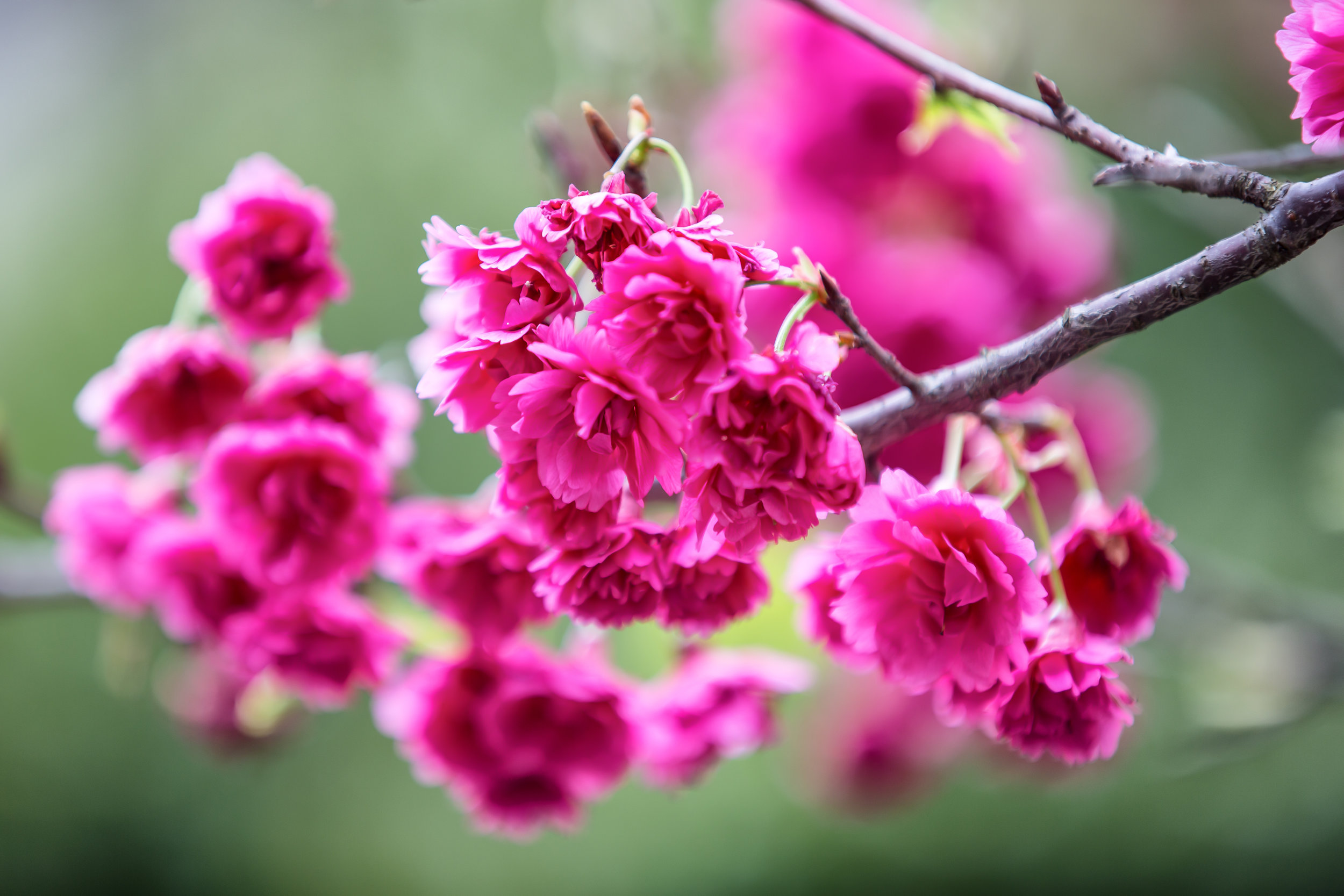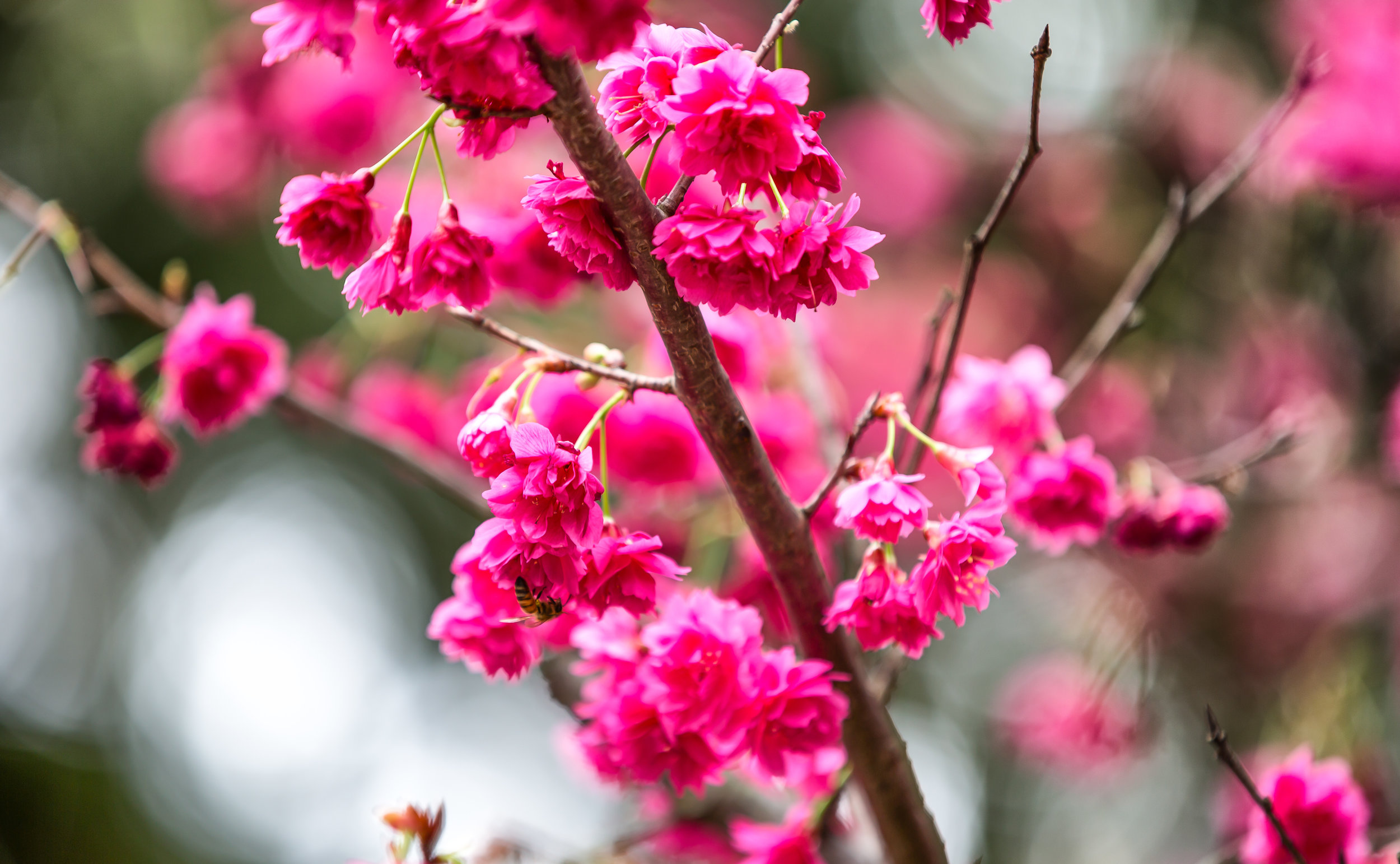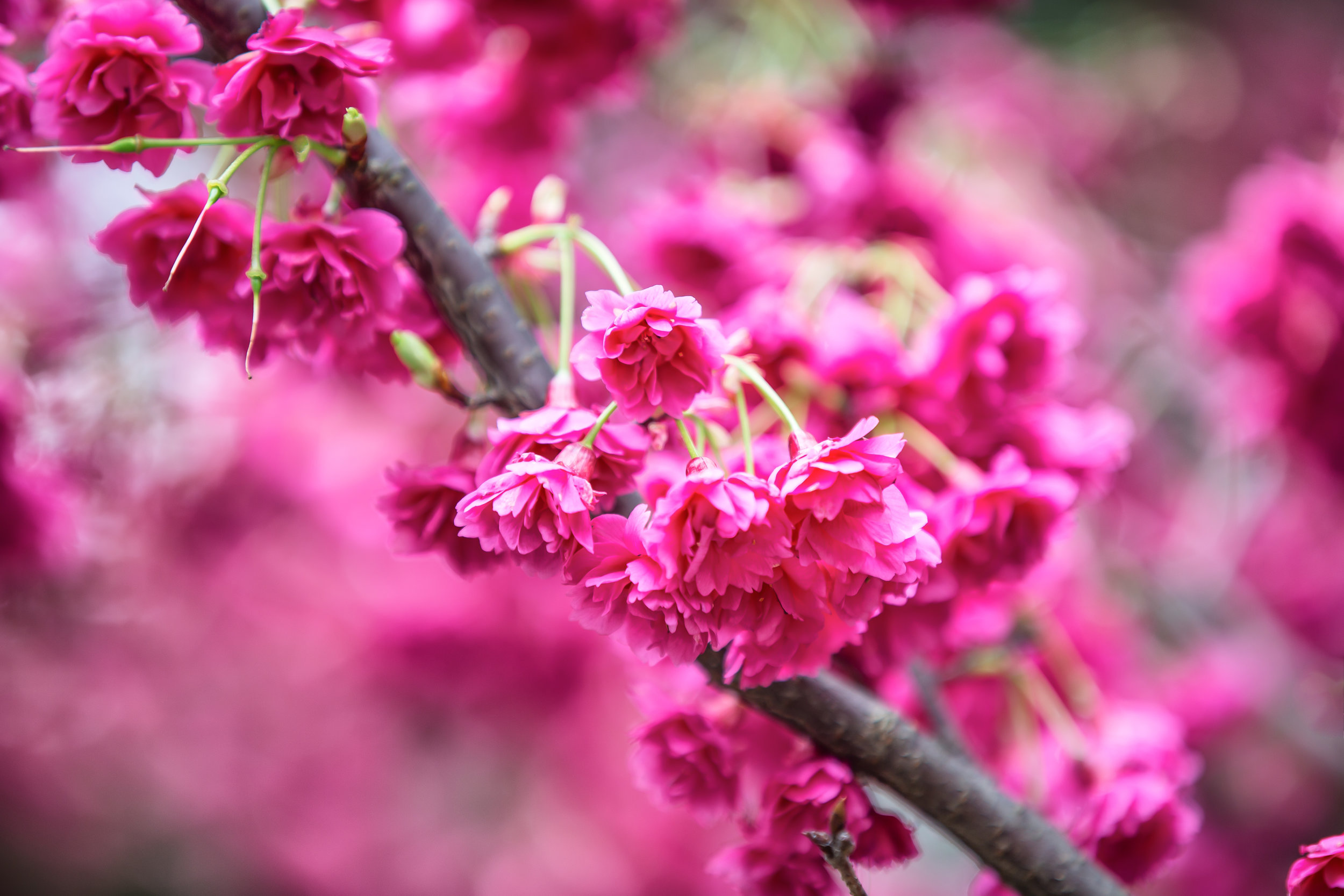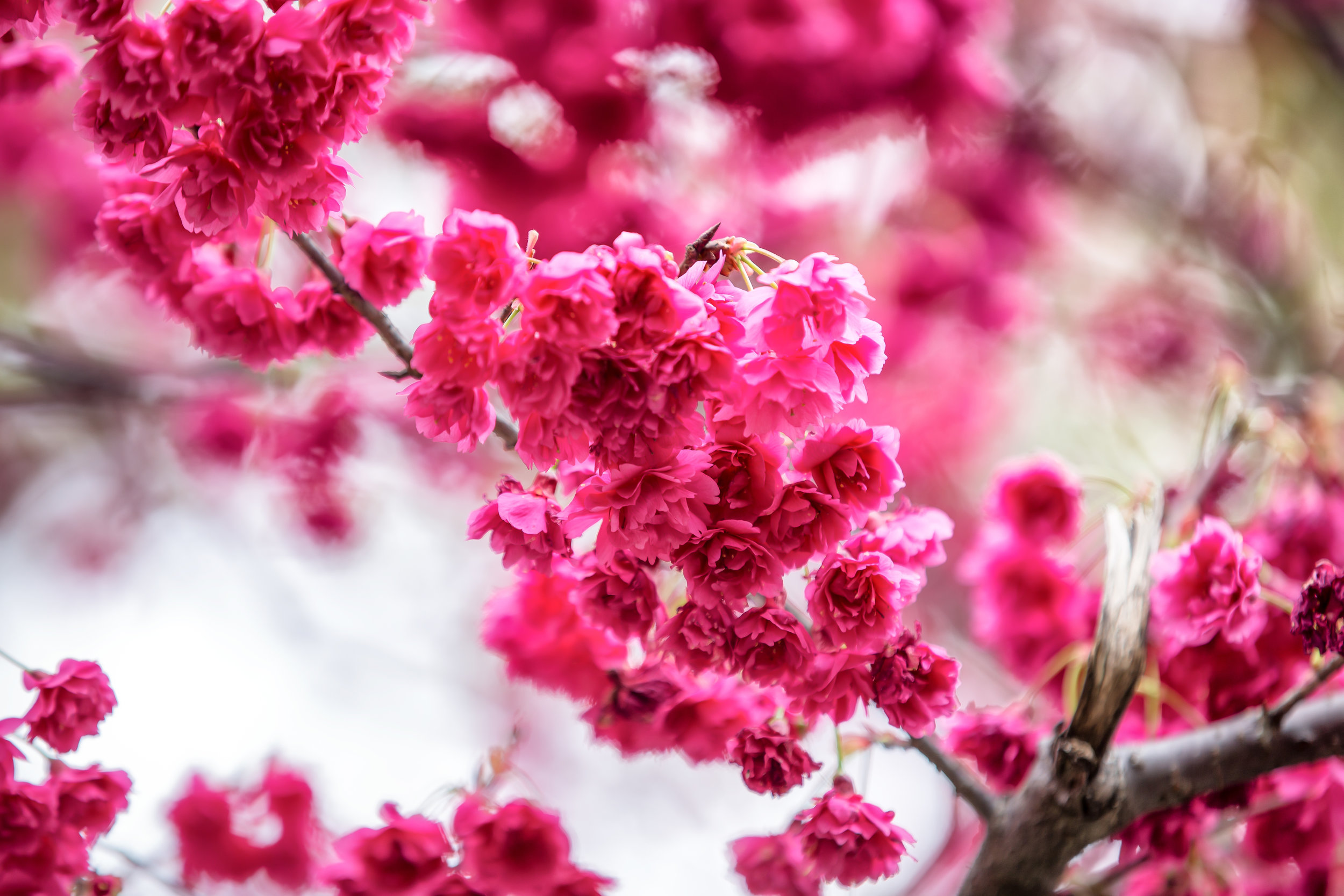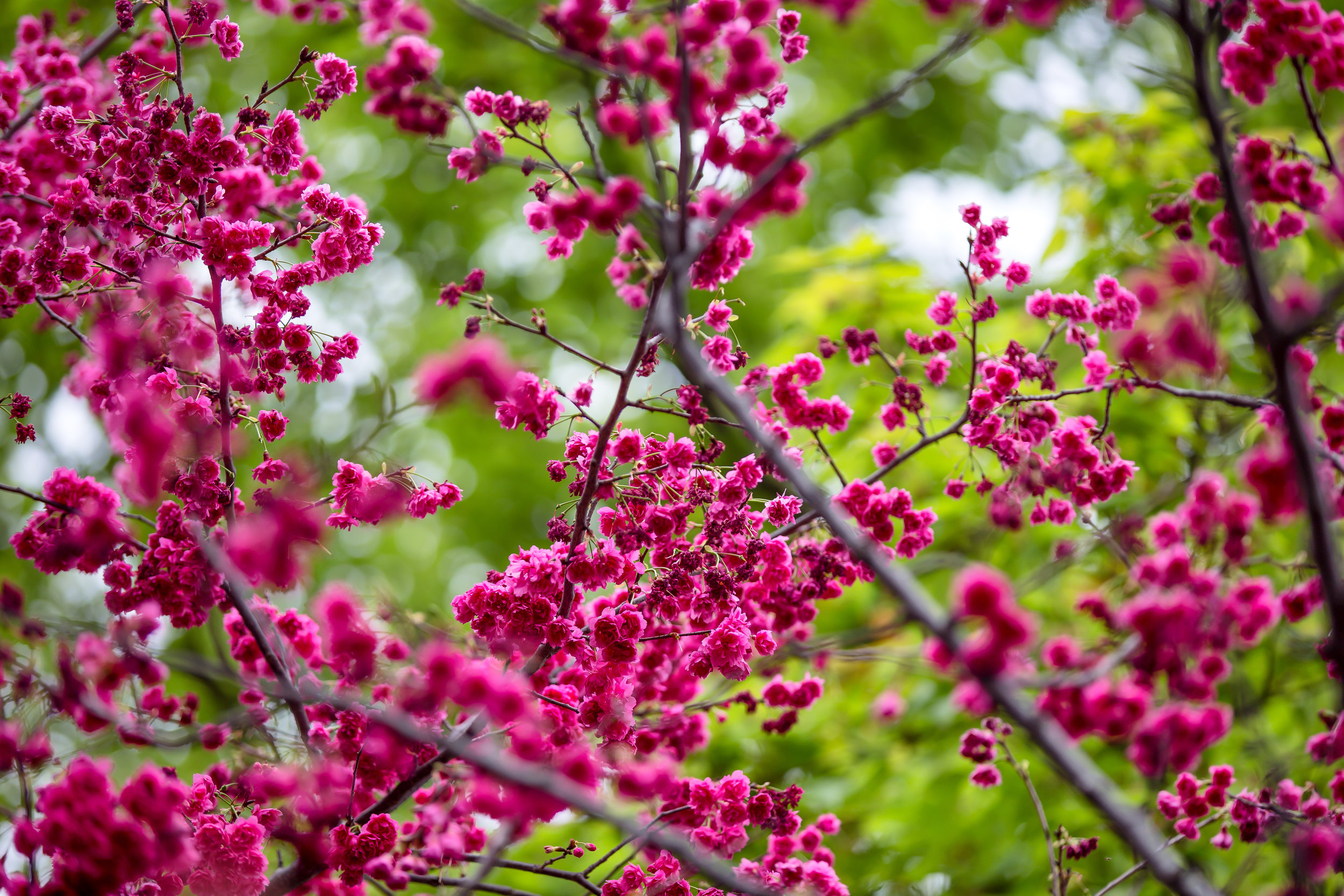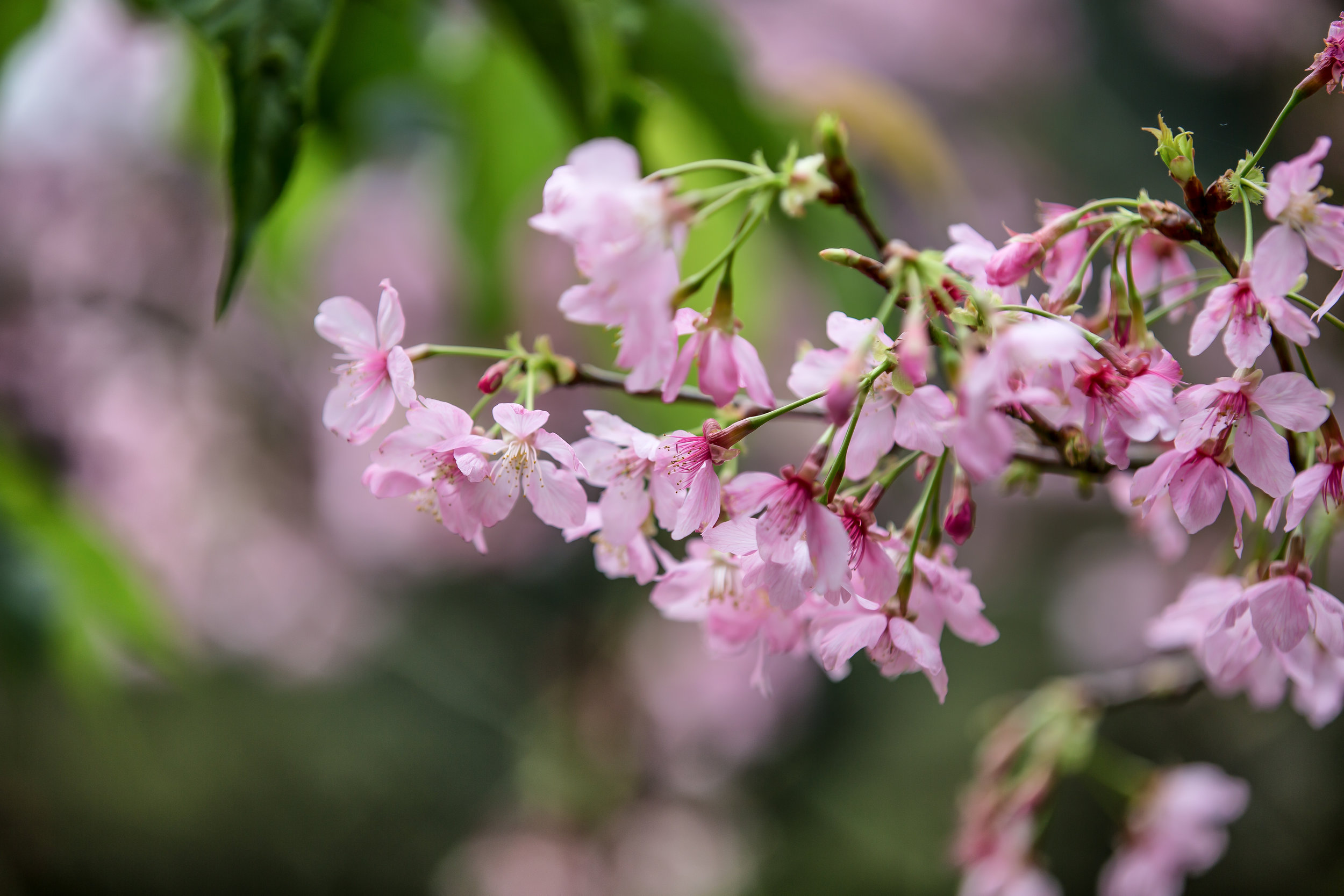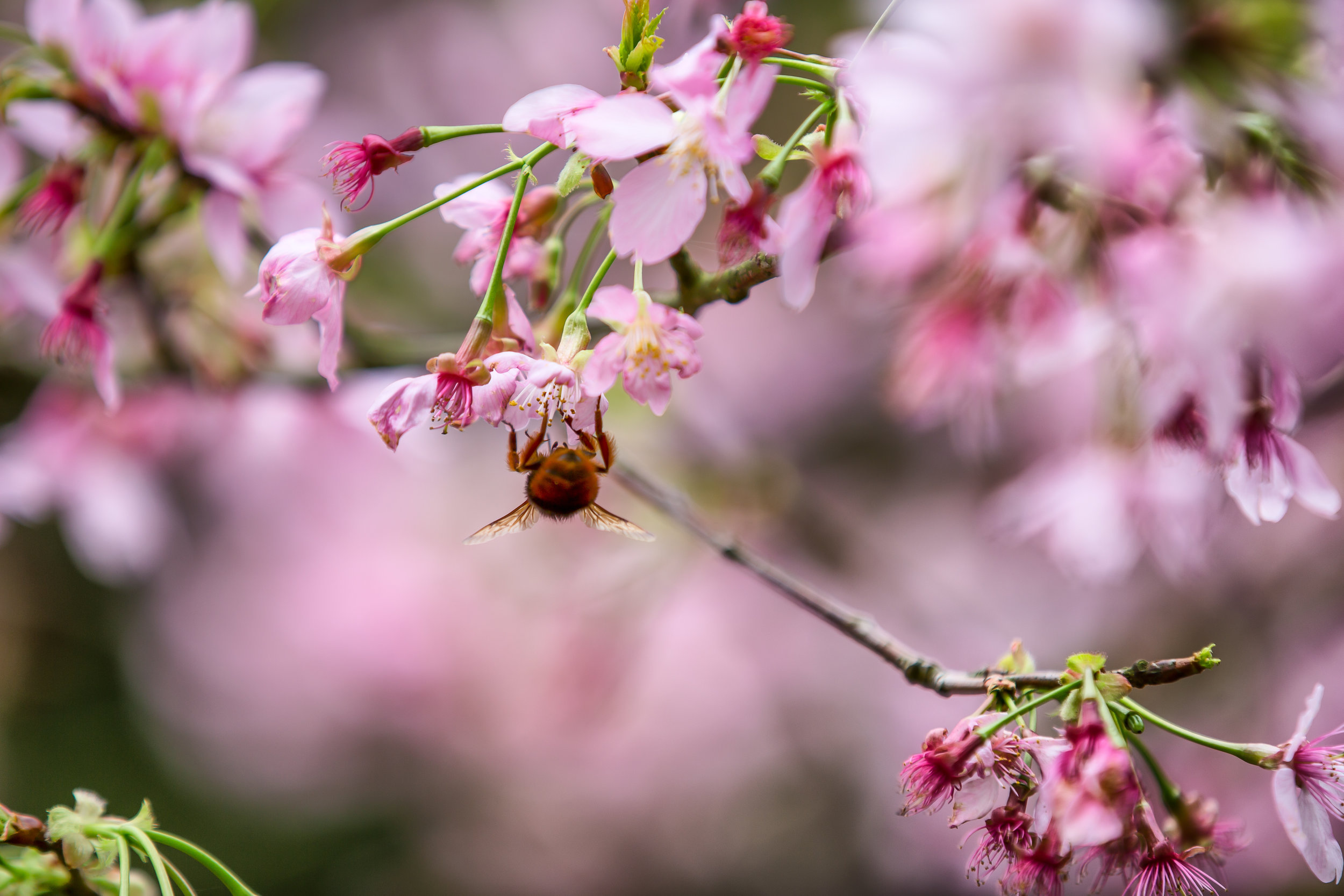It may seem like there will never be an official ‘end’ to the COVID-19 pandemic, but finally after some difficult years, we’ve gotten to a point where we’ve been vaccinated enough that we’re able to live with the virus. With restrictions across the world easing, even in countries that imposed the strictest mandates, tourism has started to make a comeback, and people are eager to hop on a plane and enjoying life!
I’m sure, like so many around the world, the inability to travel for the duration of the pandemic was quite frustrating - and like myself, many of you probably came up with grand plans of traveling to distant lands when it all came to an end. Personally, I figured that my first overseas trip in a post-pandemic world would see me flying back home in Canada to visit family, or back to Europe for some more backpacking.
I had a bit of a rude awakening in that department, though, as flights back home, were priced at double, or even triple their pre-pandemic prices. So, instead of an ambitious trip to a far distant land, we decided to stay close to home, and celebrate my birthday with a quick trip to the southern Japanese island of Kyushu.
The plan was to fly into Fukuoka (福岡縣), stay there for a few days, rent a car to drive to the north of the island, then head south to a popular hot spring resort for my birthday before returning to the city. If you follow my Instagram, you’re likely aware that one of my favorite things to eat is Japanese ramen, and Fukuoka is pretty much the birthplace of Tonkotsu (豚骨) ramen, so I was quite content with the decision to spend some time there.
One of the highlights of the trip, however, was to be the cherry blossoms, which were forecast to start blooming the day after our arrival. After years of taking photos of cherry blossoms all over Taiwan, I was excited that I was finally going to be able to see them in all their glory in Japan, taking part in an annual ritual of blossom viewing known as ‘hanami’ (花見 / はなみ), which remains one of the special cultural links that the people of Taiwan share with the Japanese.
On our first day in Fukuoka, the weather was quite nice, but the forecast for the rest of the week, unfortunately, wasn’t looking very promising, so after having a bowl of ramen, and checking out a couple of small shrines near our hotel, we decided to try our luck and head over to the city’s Maizuru Park (舞鶴公園), to see if any of the trees were blooming.
Sadly, we were several days early, and all we saw were the buds on the trees.
We probably should have known better though.
The Japanese are experts when it comes to their ‘hanami’ forecast, and they have a scientifically exact blooming schedule for every city in the country, which is something that doesn’t seem like it ever fails.
Link: Fukuoka Cherry Blossom / Sakura Guide 2023 (Fukuoka Now)
What I ended up discovering over the next few days of the trip was that no matter where you go, there are cherry blossoms blooming pretty much everywhere. It didn’t matter if we were just walking around the city, visiting shrines in the mountains, or simply just driving along the highway.
They were everywhere..
For the first few days, I got pretty excited seeing them, and wanted to stop and take photos, but to tell the truth, the novelty wore off pretty quickly, and after a few days, I started feeling like they were like the Tung Blossoms (油桐花) that turn the mountains of Taiwan white in April and May.
It’s a bit of a running joke, even though they’re quite beautiful, but people in Taiwan refer to tung blossoms as ‘mold’ on the mountains, because they make Taiwan’s beautiful mountains look as if parts of them are rotting. As we traversed the highway on our way from Fukuoka to the northern part of the island, I couldn’t help to notice the similarities as there were cherry trees all over the mountains.
Link: The Different Varieties of Cherry Blossoms in Japan From Light Pink to Radiant Yellow (Japan Travel)
That being said, after a week of seeing cherry blossoms all over northern Kyushu, I have to admit I wasn’t actually prepared for what I was going to experience on our return to Fukuoka.
We arrived in town in the early afternoon, dropped our bags off at our hotel, dropped off our rental car, and then started to make our way to the park where Fukuoka holds its annual cherry blossom festival.
As we approached the park, the amount of people on the streets started growing dramatically. It was the busiest I had seen the city during our trip, and there were so many smiling, happy people that we knew that we were about to see something special. As we got closer, and the blossoms started to come into sight, I was awestruck.
All of the trees that were bare just a few days earlier had completed transformed, and we were in hanami-heaven!
Maizuru Park is home to about a thousand trees, including nineteen different species of cherry, with the Somei-Yoshino (染井吉野櫻 / ソメイヨシノ) and the ‘Weeping-Cherry' Shidarezakura (枝垂櫻 / シダレザクラ) being the most common varieties. To celebrate the blossoming season, the city hosts the ‘Fukuoka Castle Sakura Festival’ and invites vendors to set up stalls within the park, offering some really great food and drinks to all the people coming to view the blossoms. They also install lights throughout the park, which light up the historic castle walls, and more importantly so that the cherry blossoms can be enjoyed both during the day and the night.
Not only did I get to enjoy my first Japanese hanami experience, I took more photos than I can count, and then as the sun went down we visited the food area and enjoyed some takoyaki (章魚燒) octopus balls, (which I have to admit were so much better than anything we get here in Taiwan), some of Fukuoka’s famed yakitori (焼き鳥), chicken skewers, and some locally made craft beer, before heading back out to take more photos of the trees after they were lit up.
It ended up being a great conclusion to my birthday celebrations in Japan, and over the next few weeks (or months), you’re likely to see more articles about the places I visited during the trip, but until then, enjoy some of the photos I took of the cherry blossoms.
